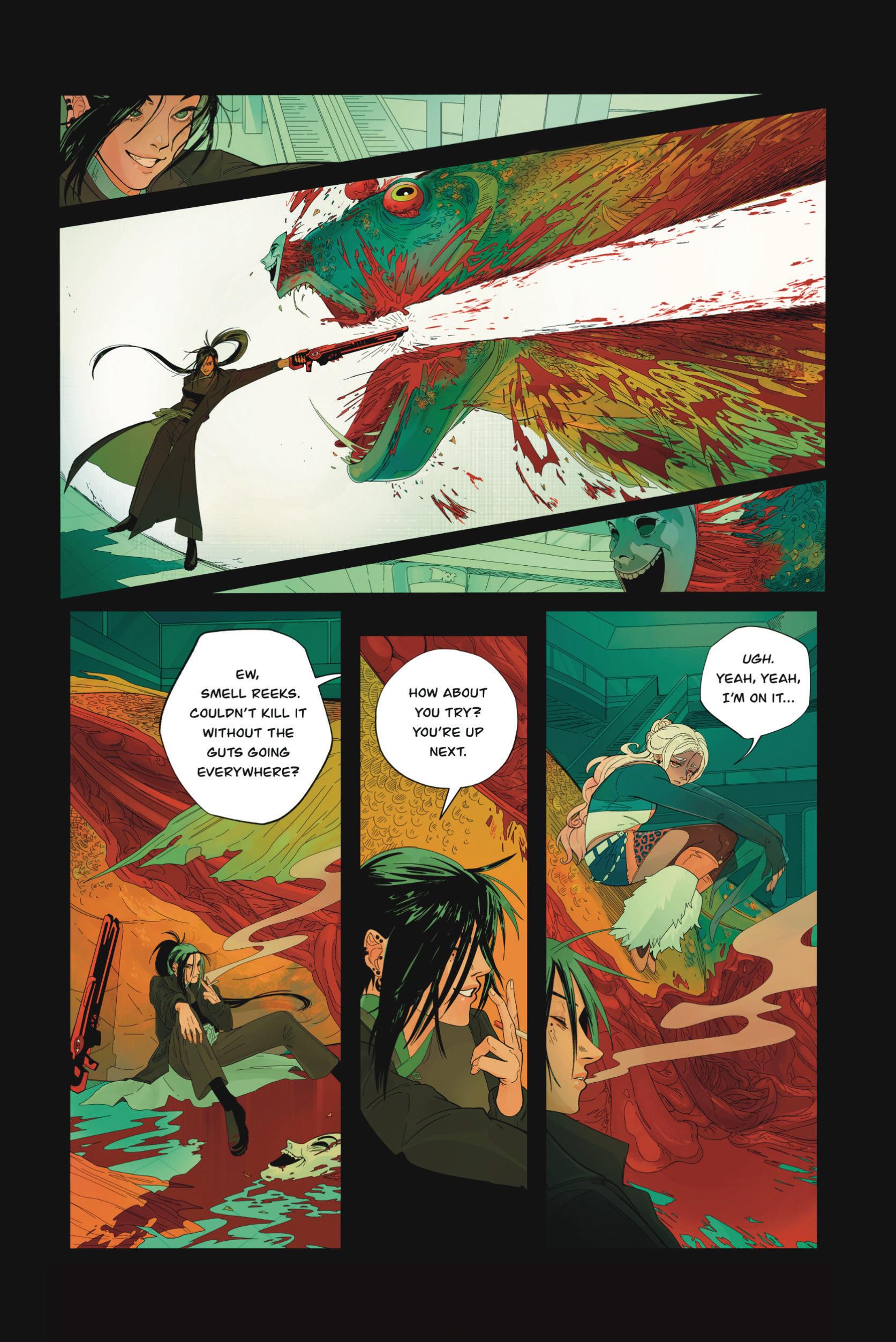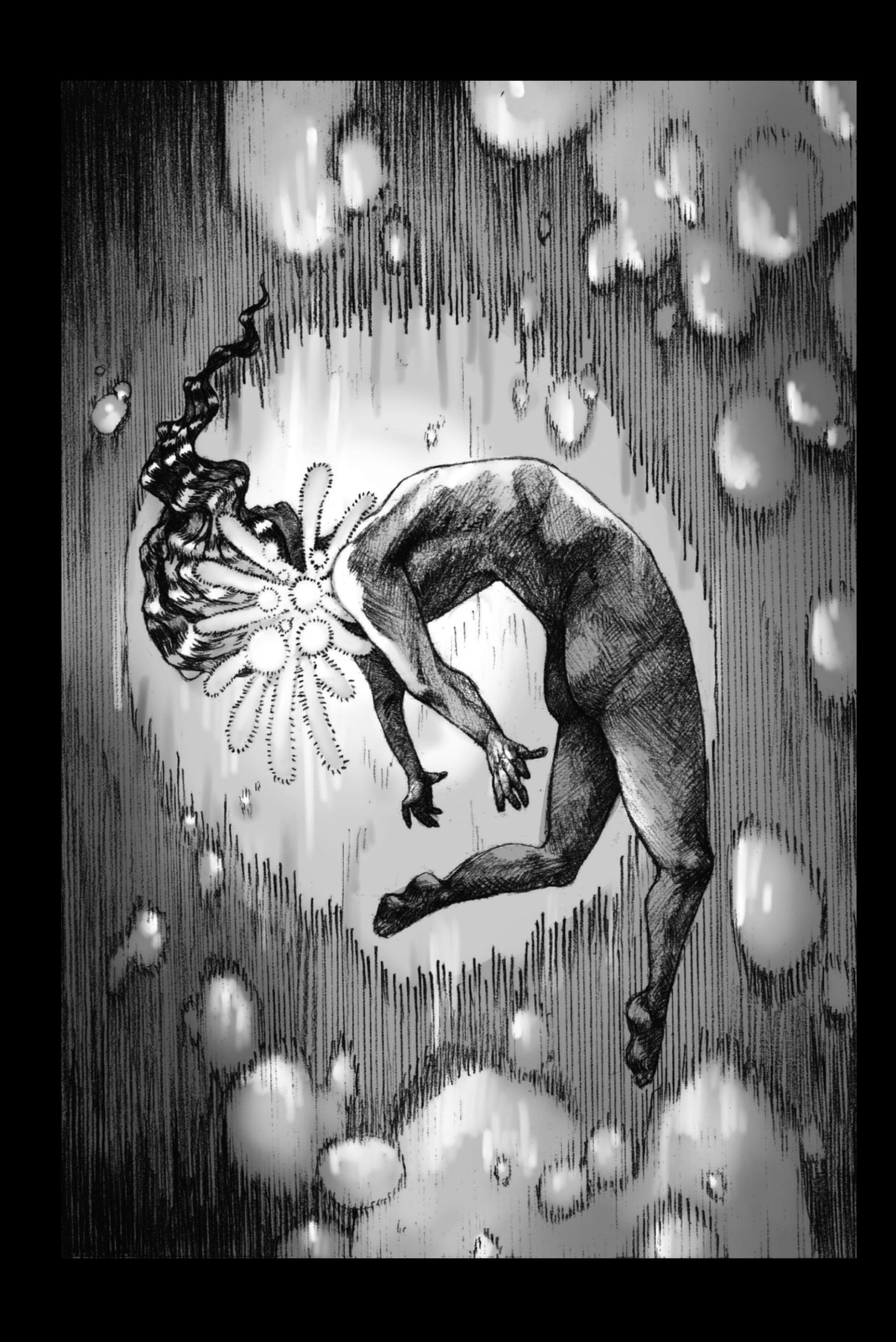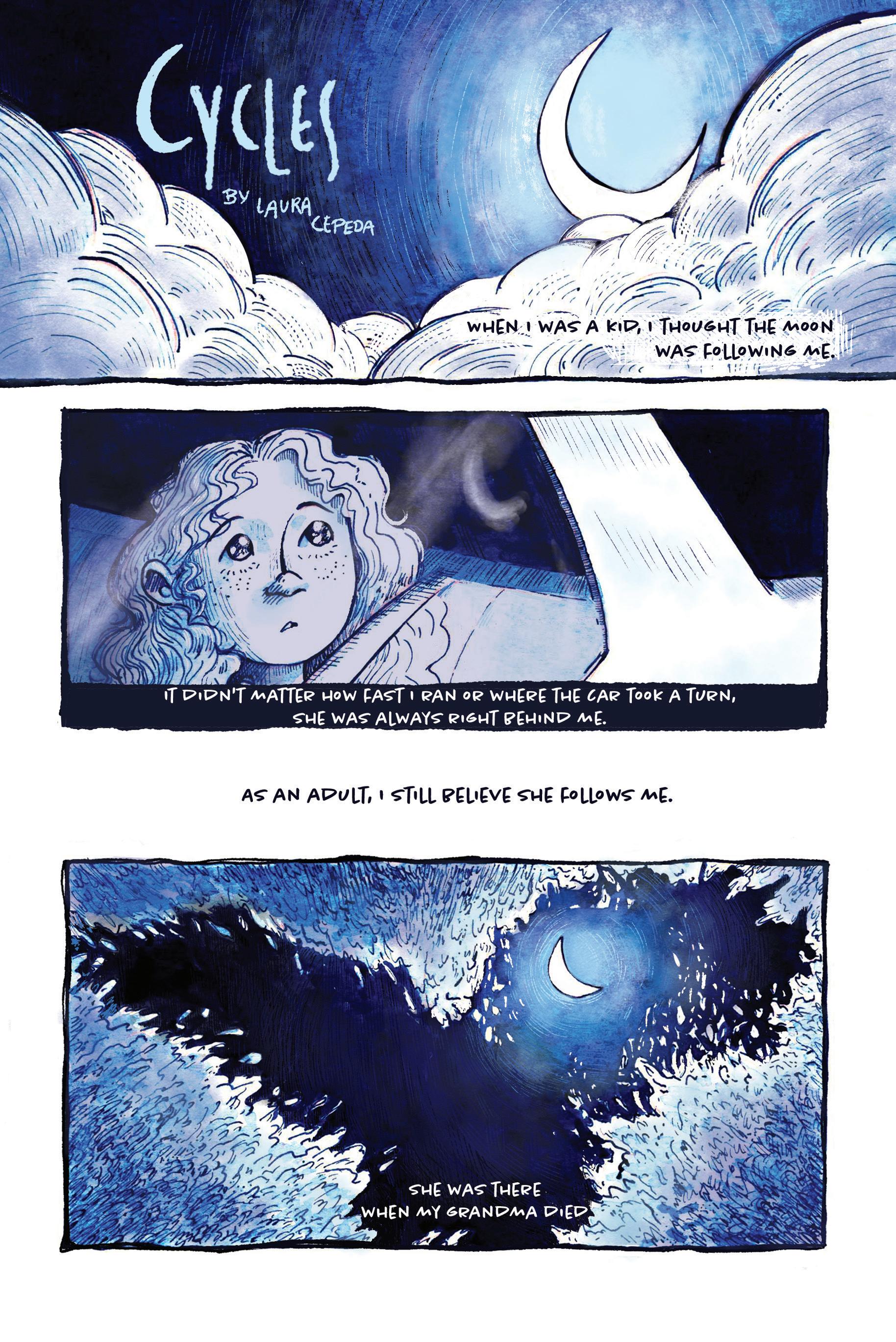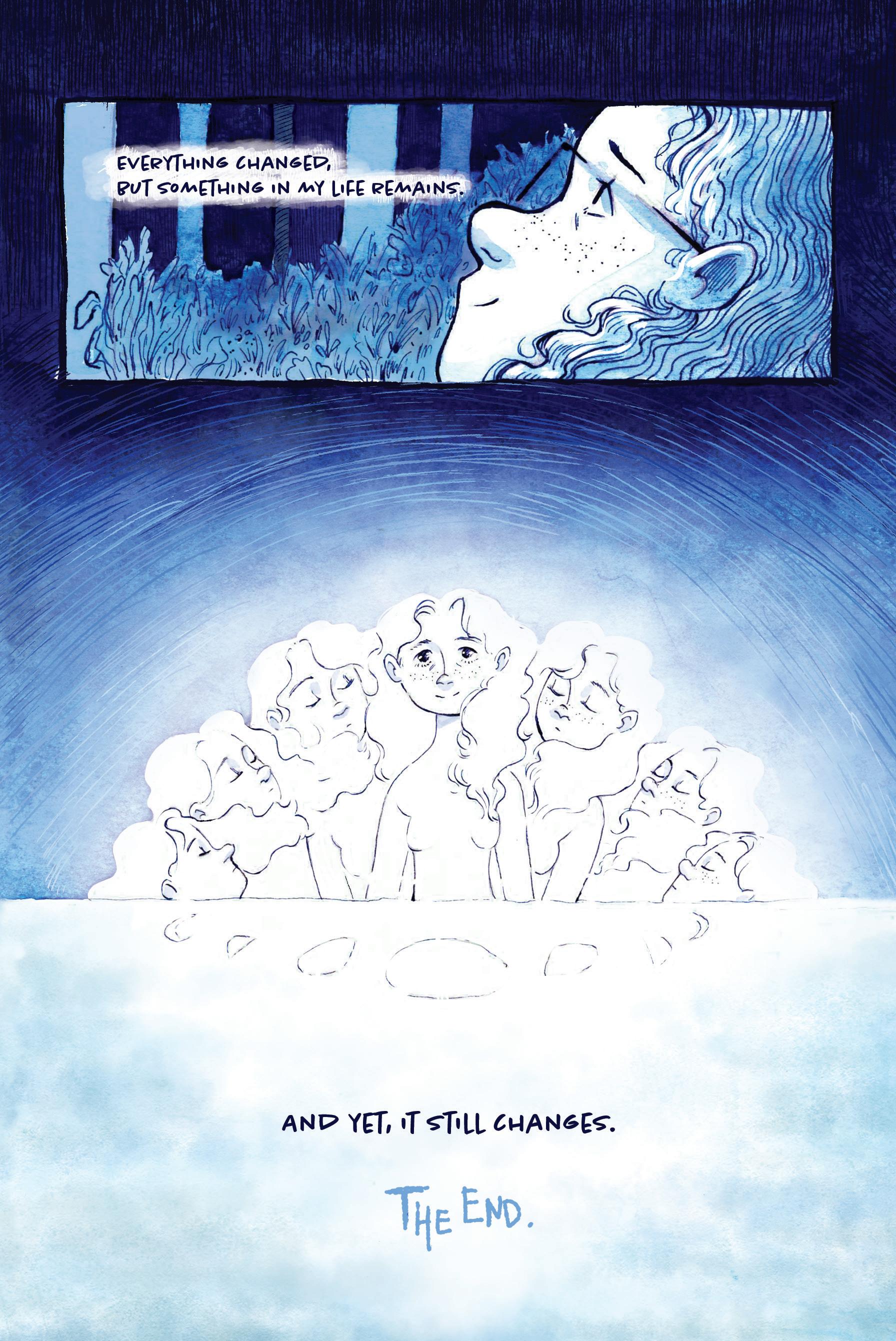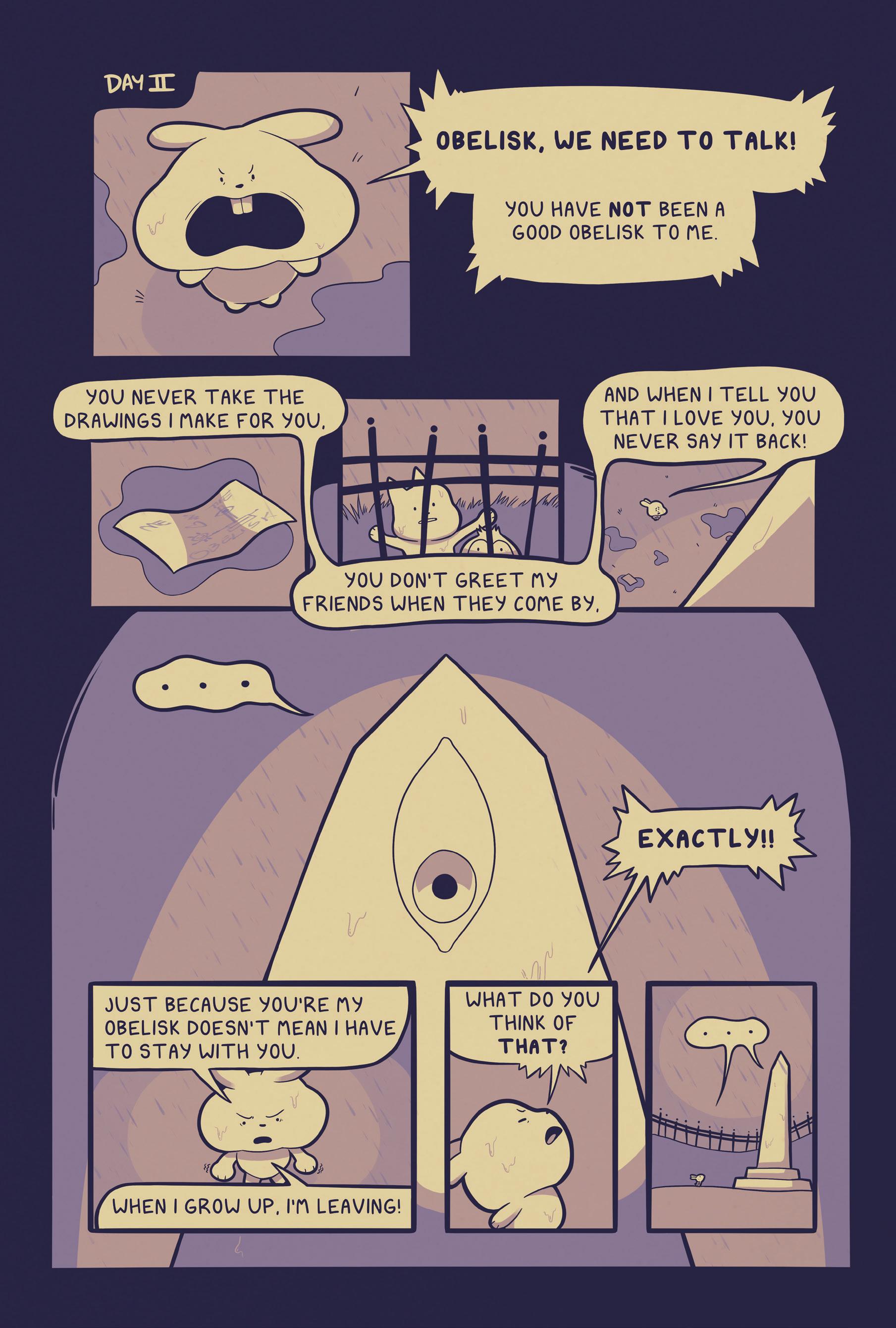Interview with H.A.
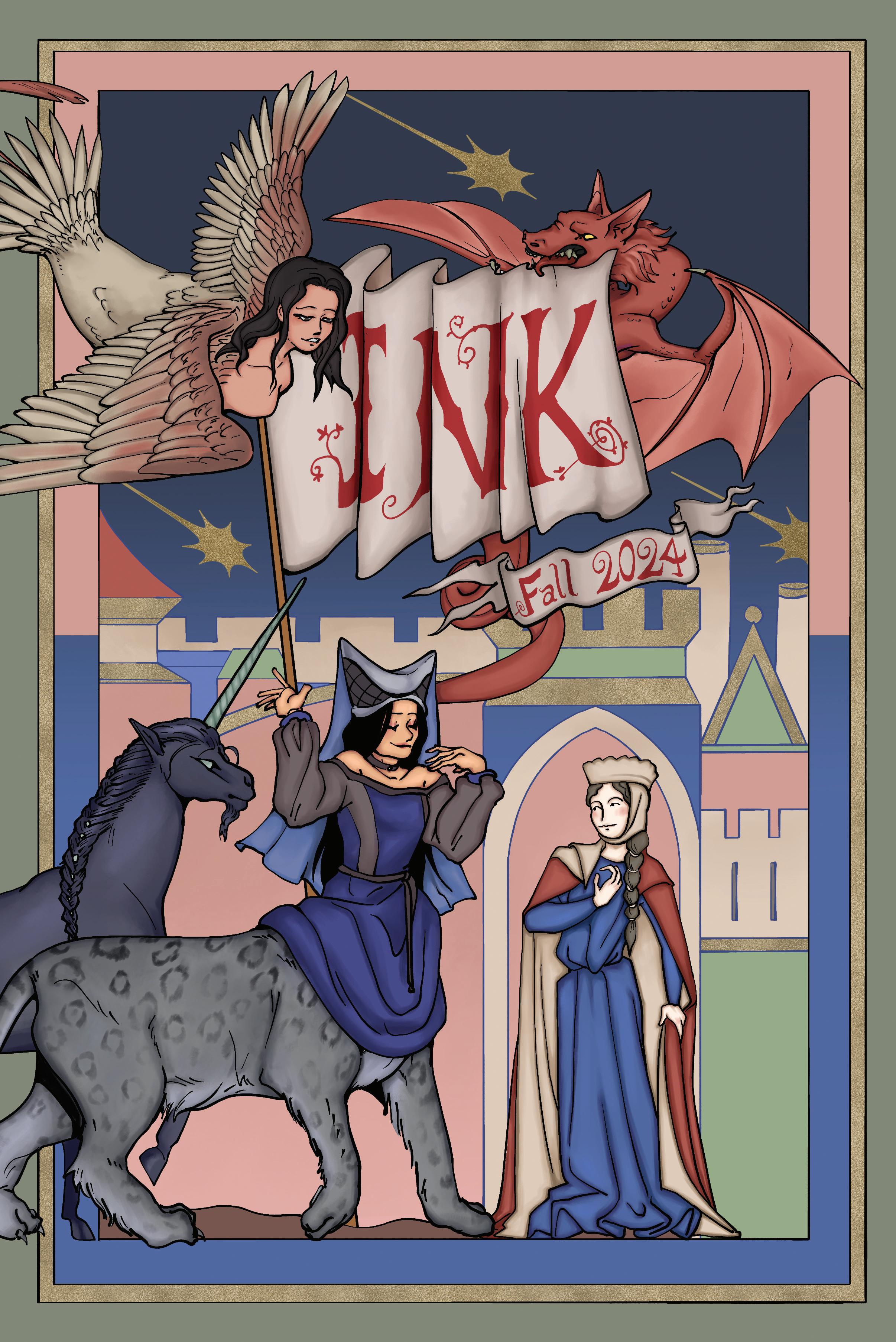
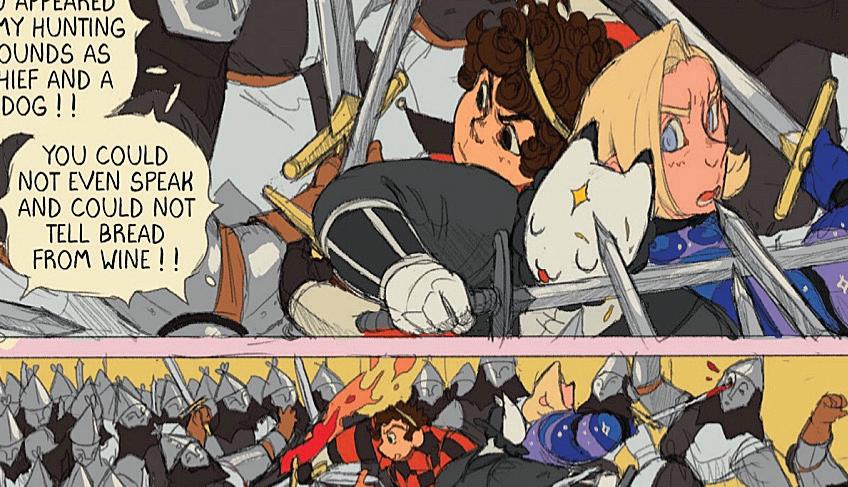
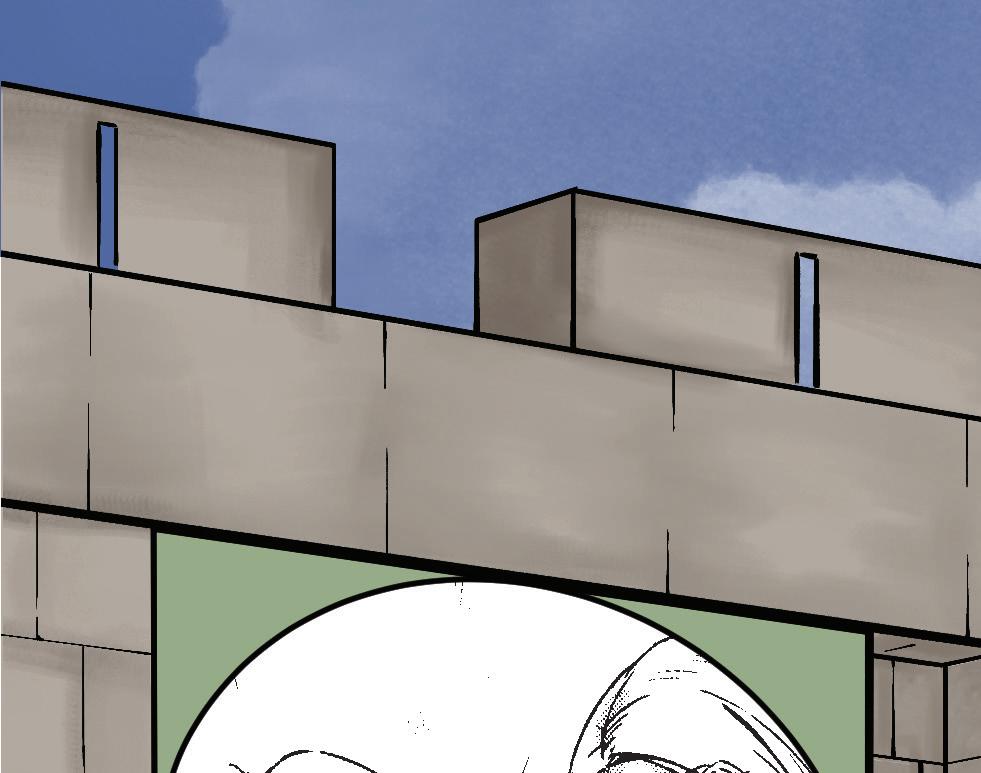
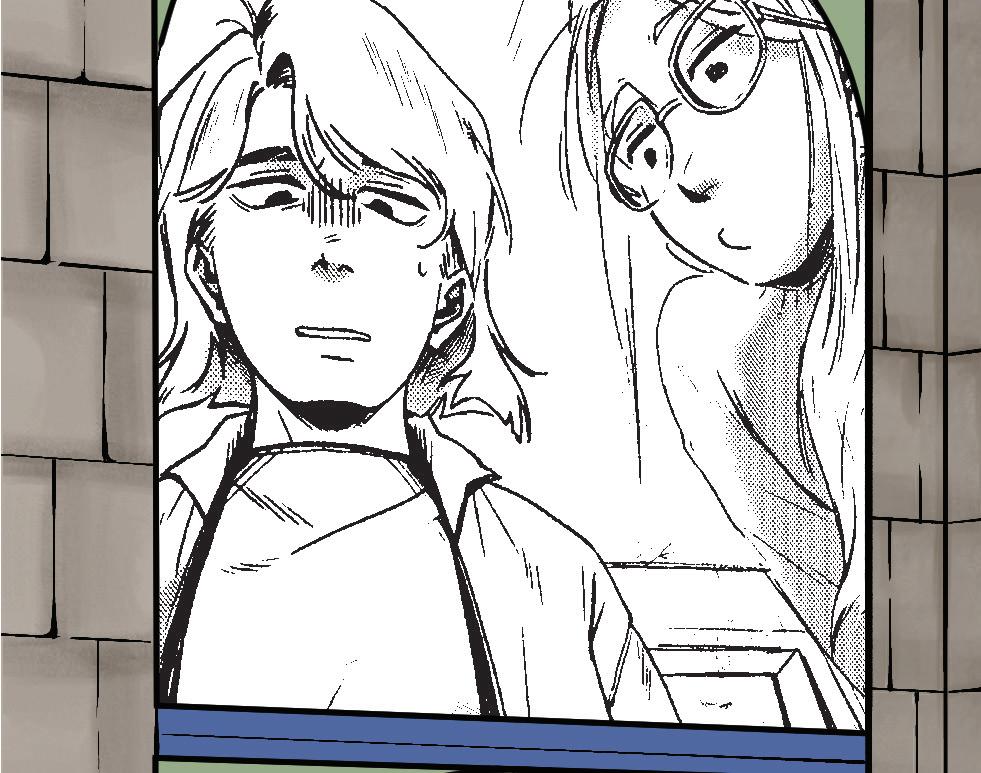











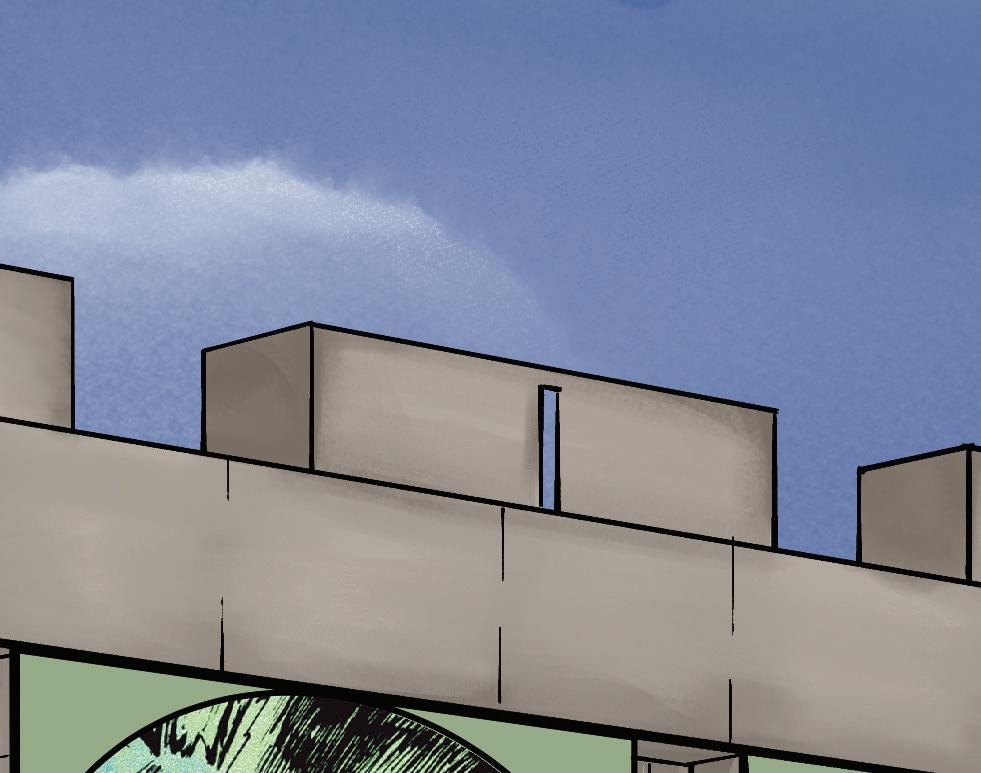
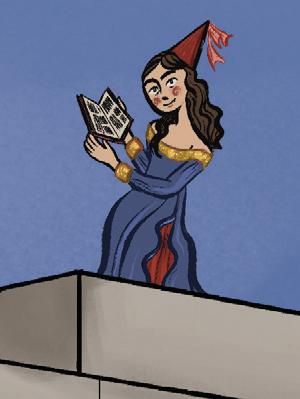
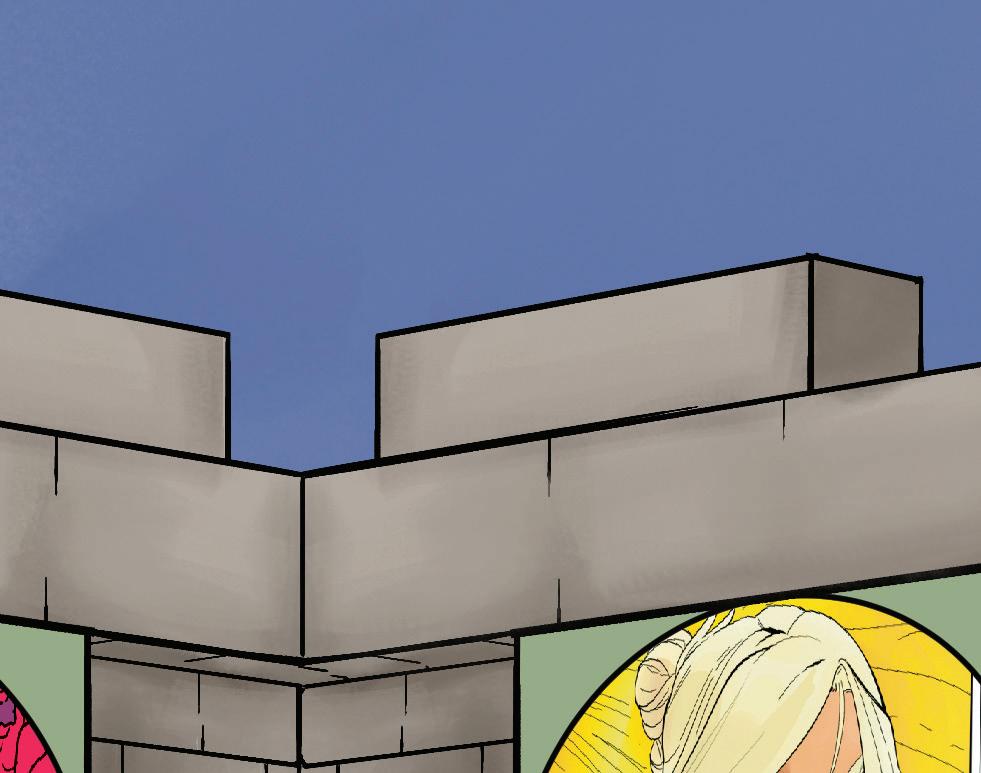






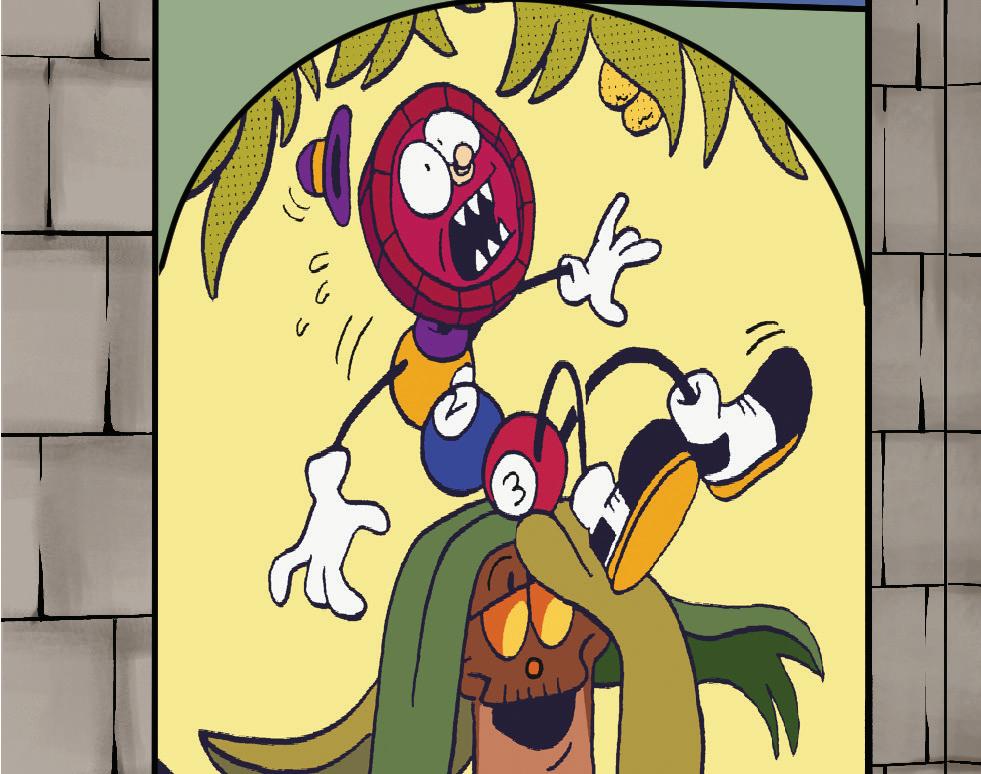












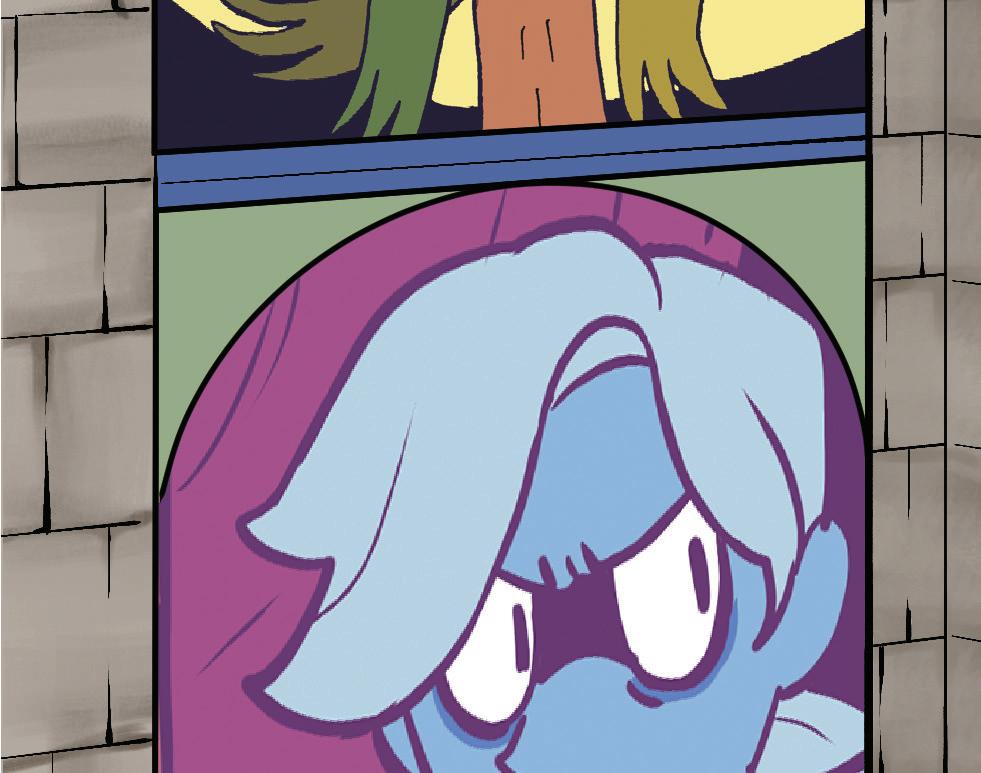
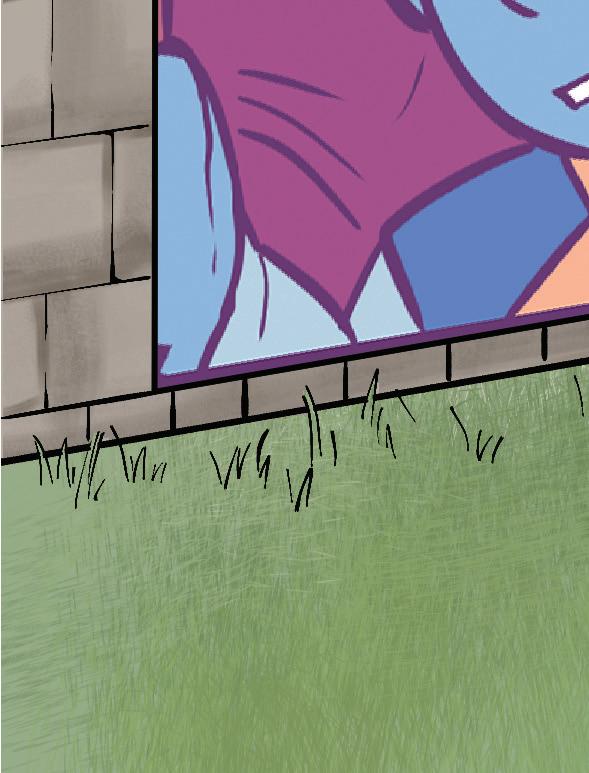















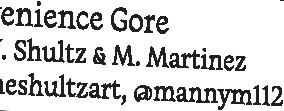



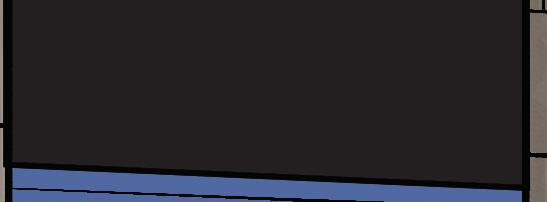

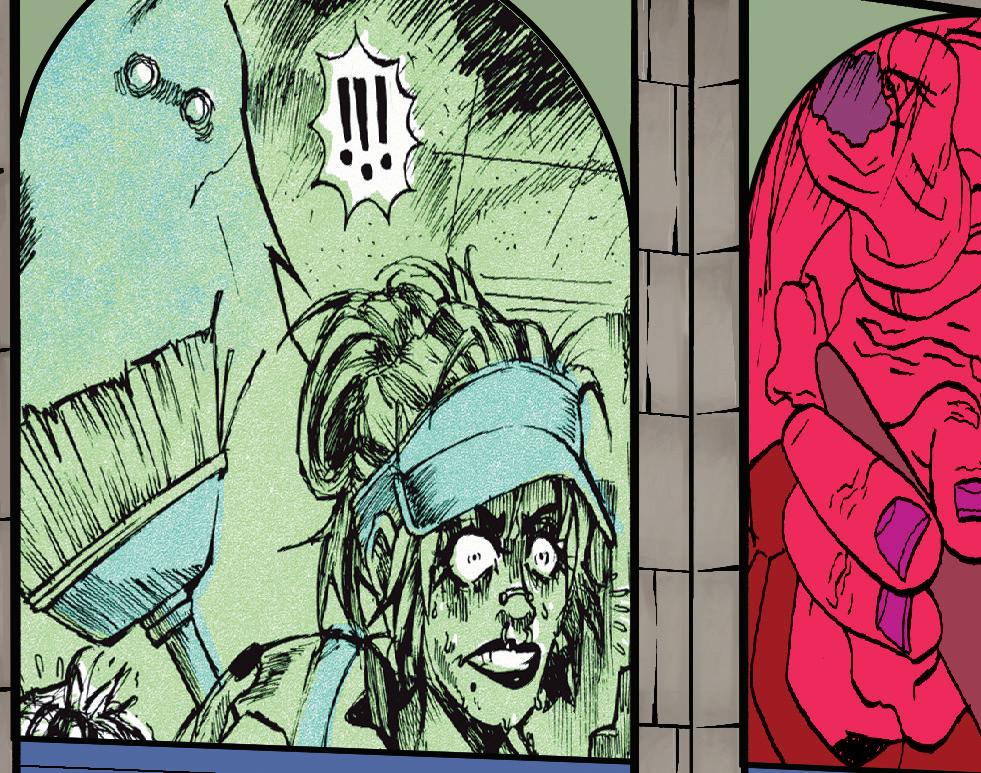


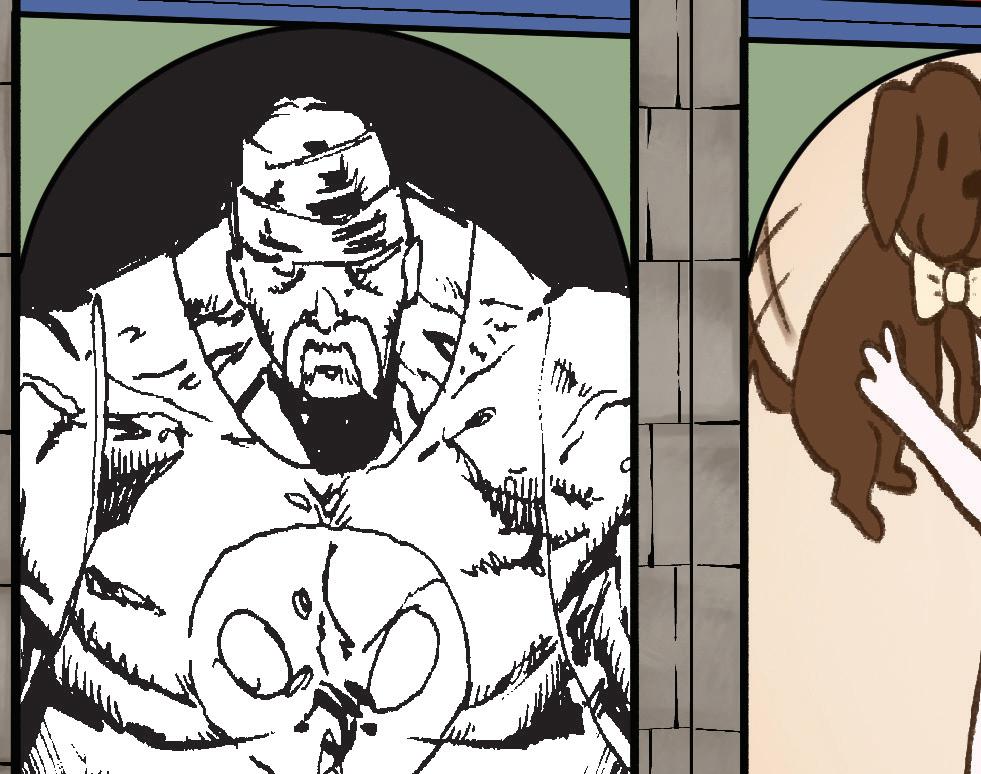
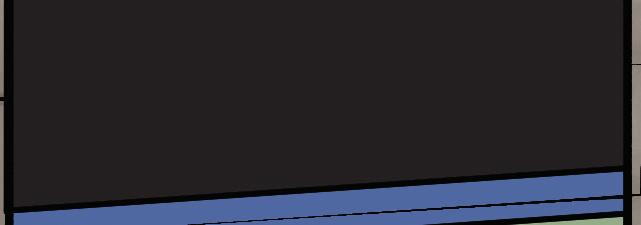

















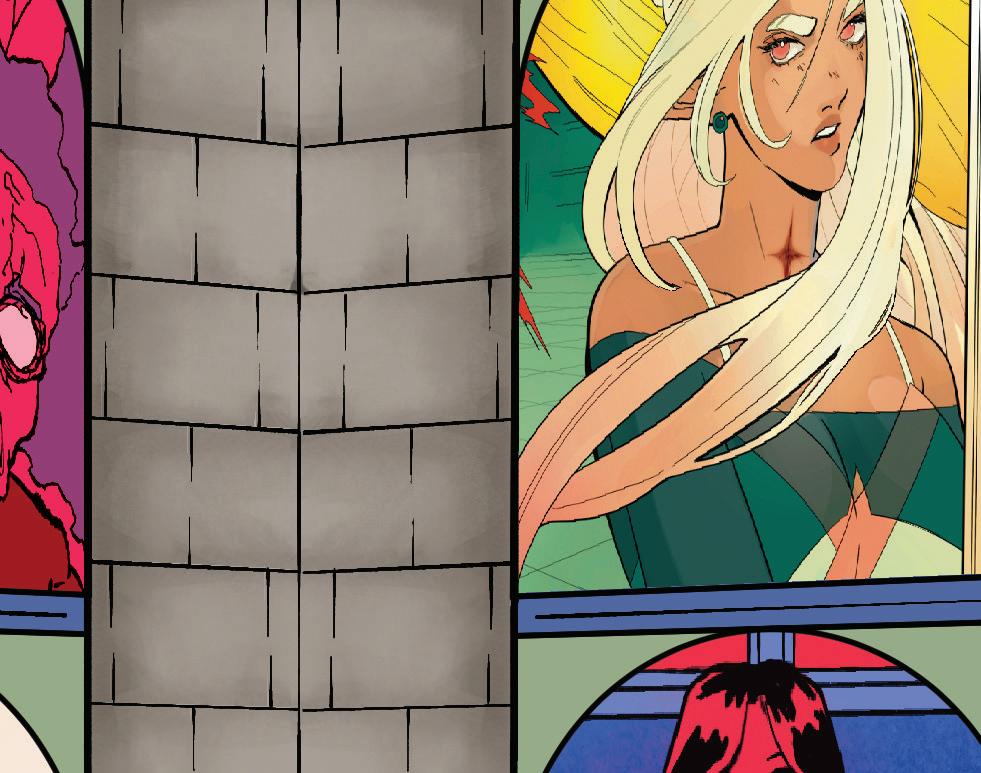

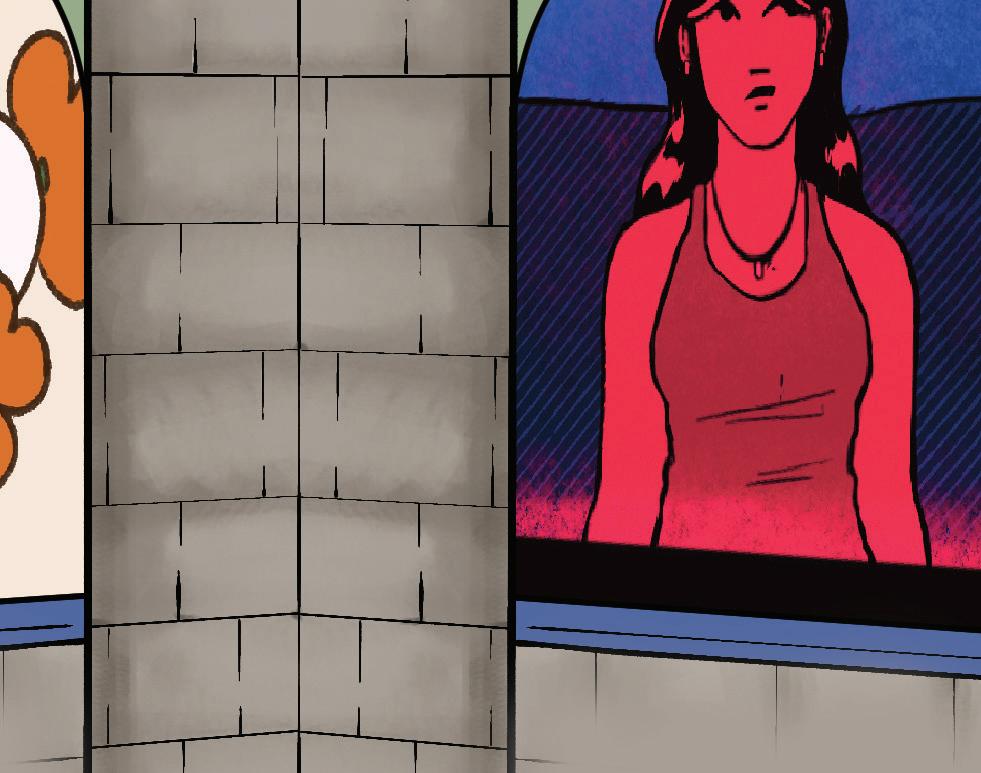





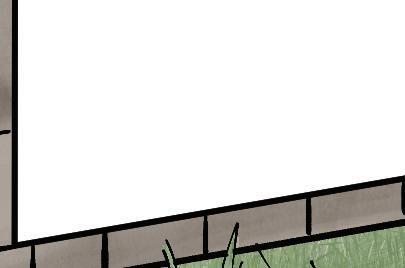
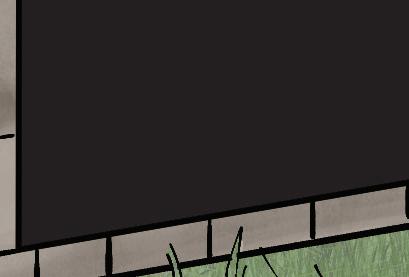


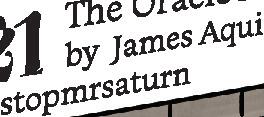
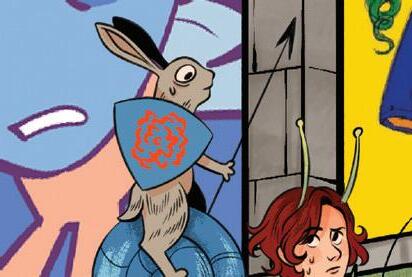
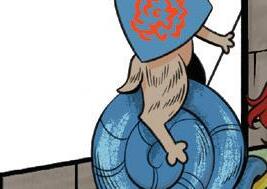



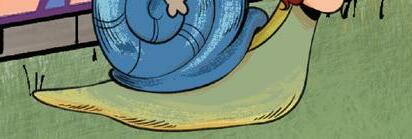
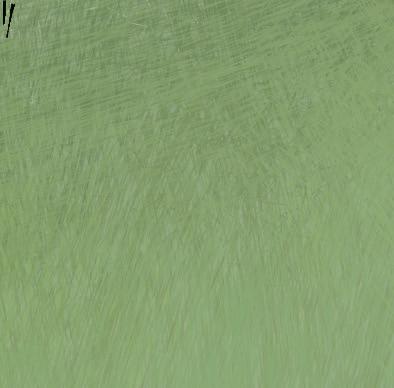



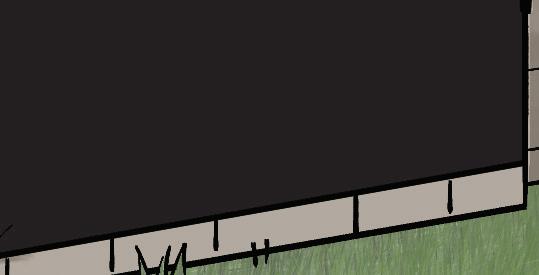
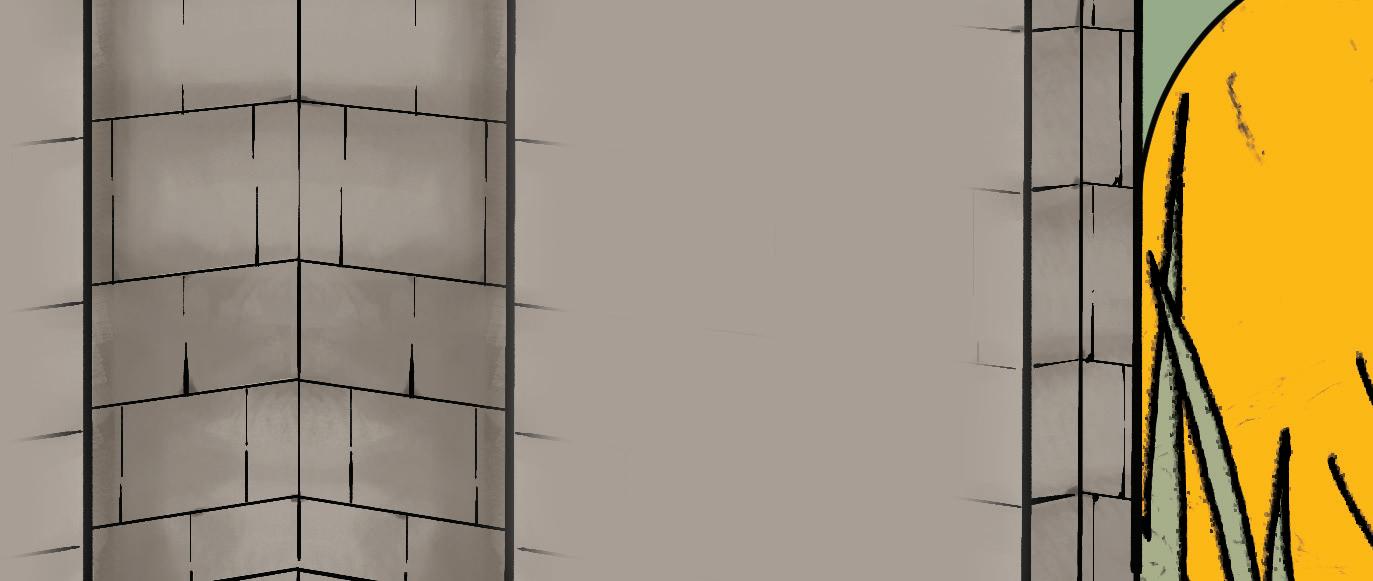







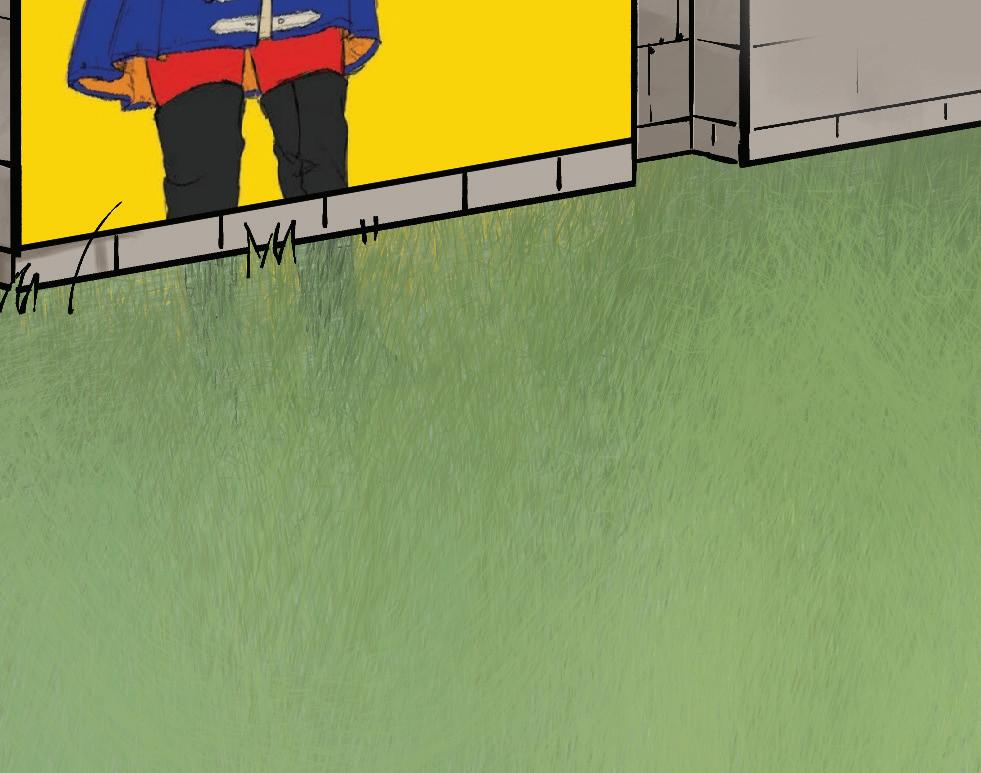
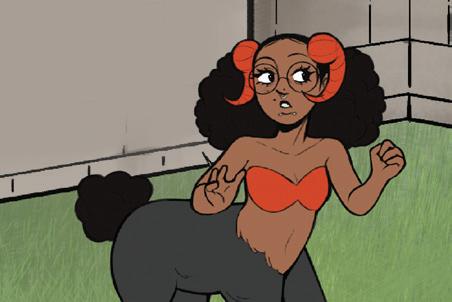
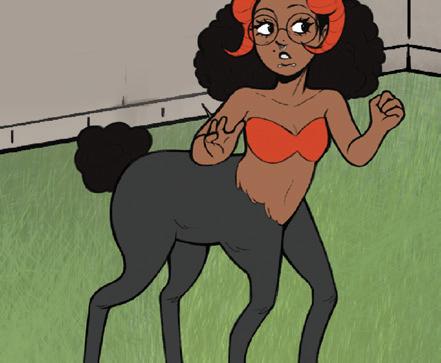

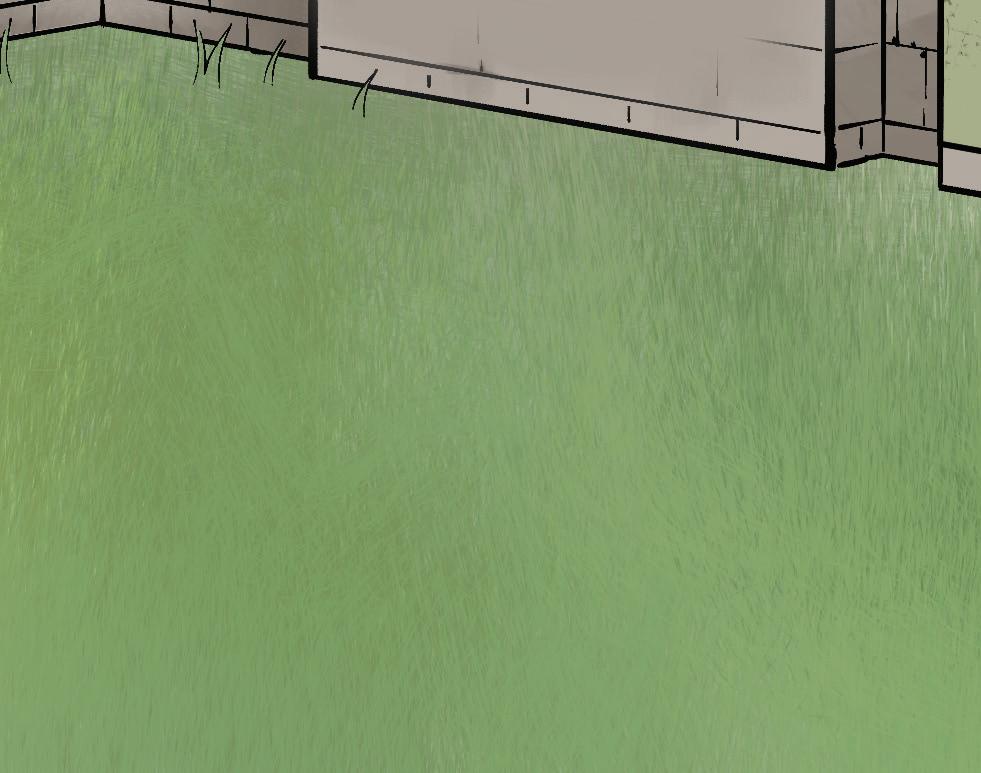
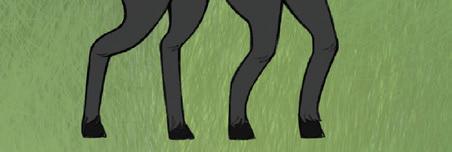
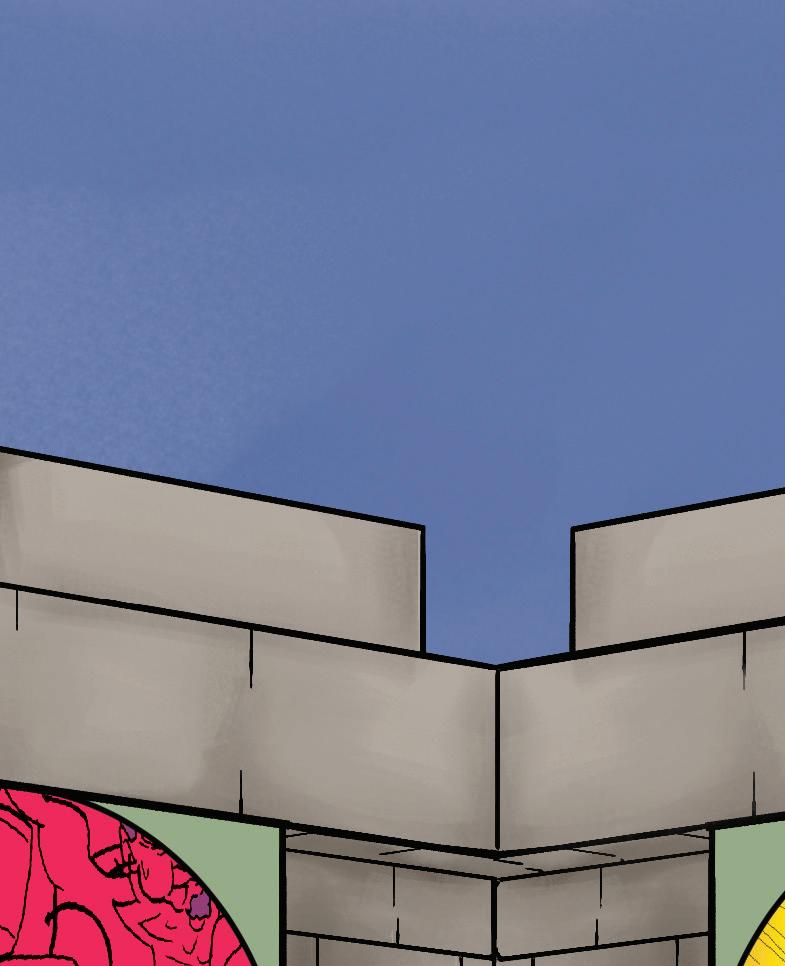
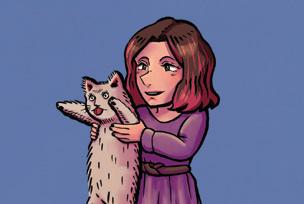
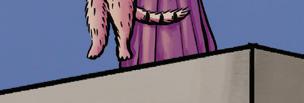
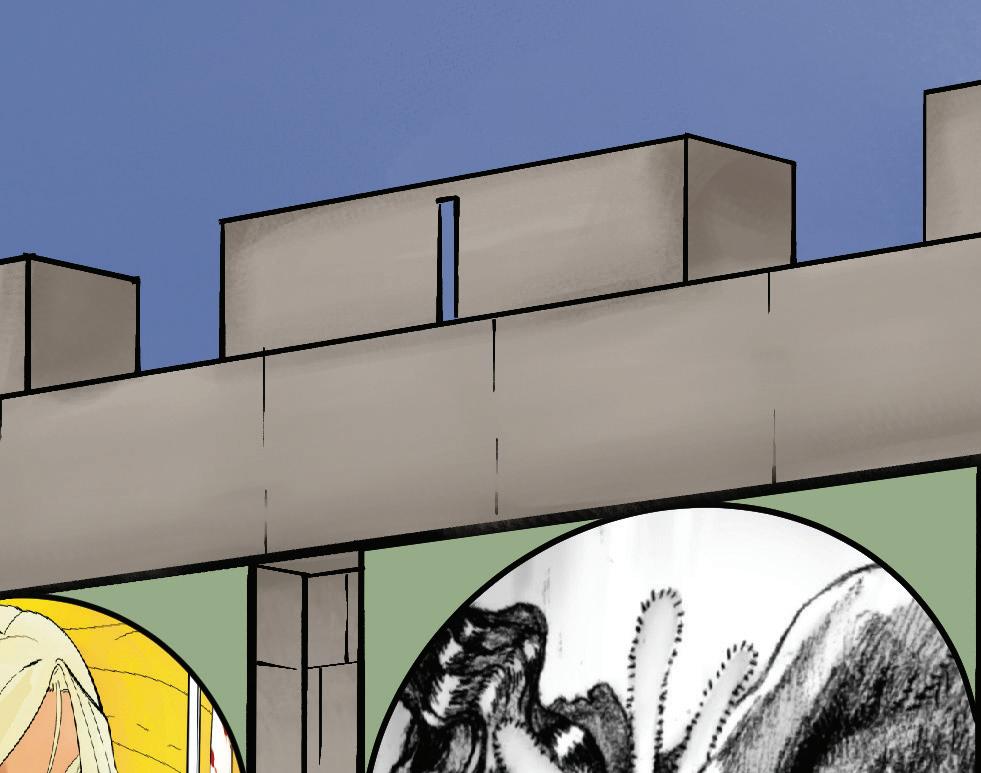
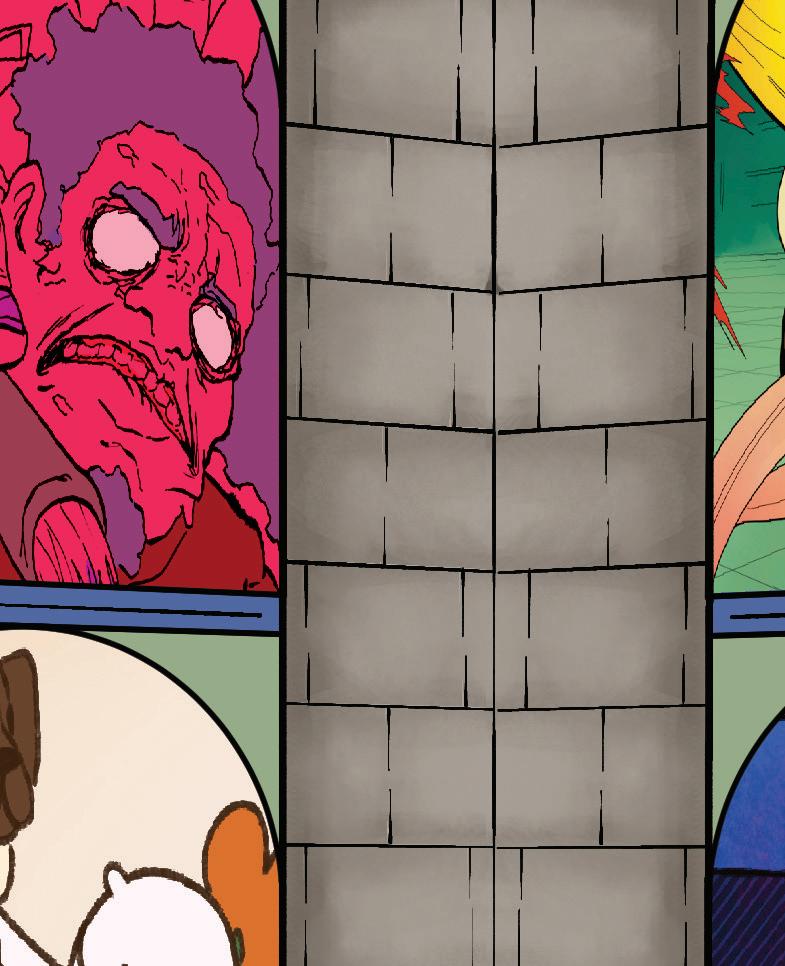
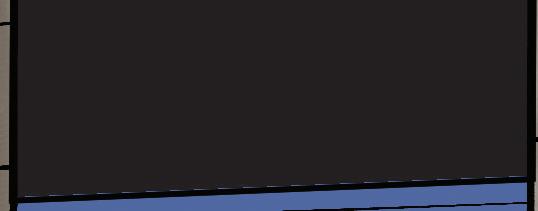


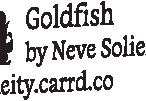
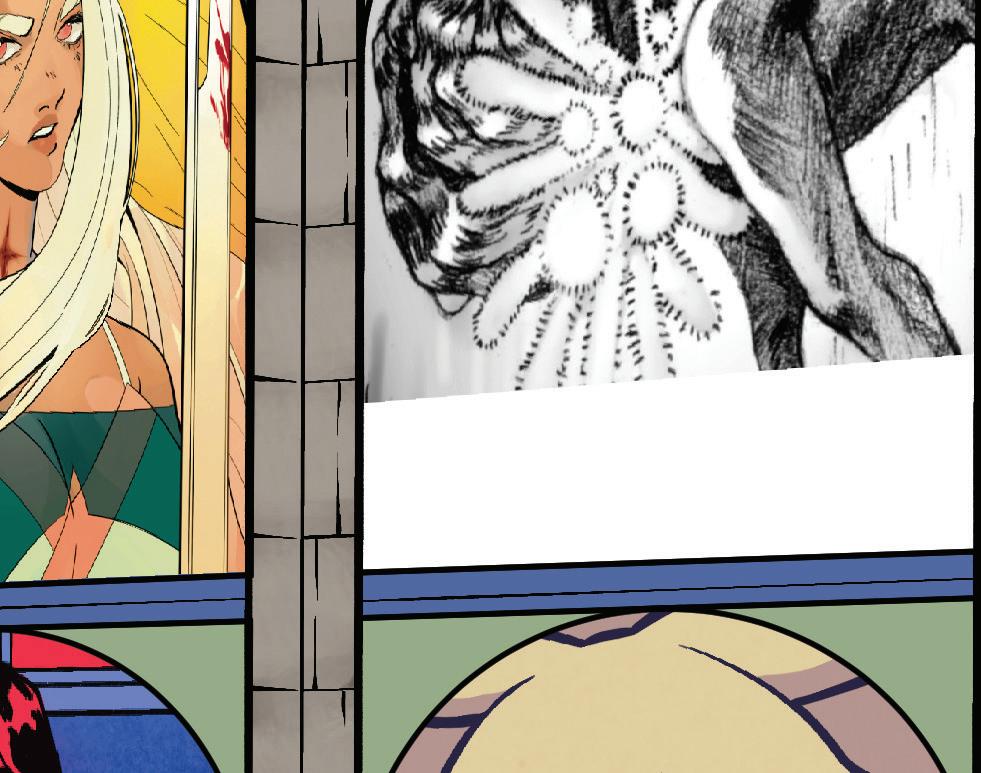
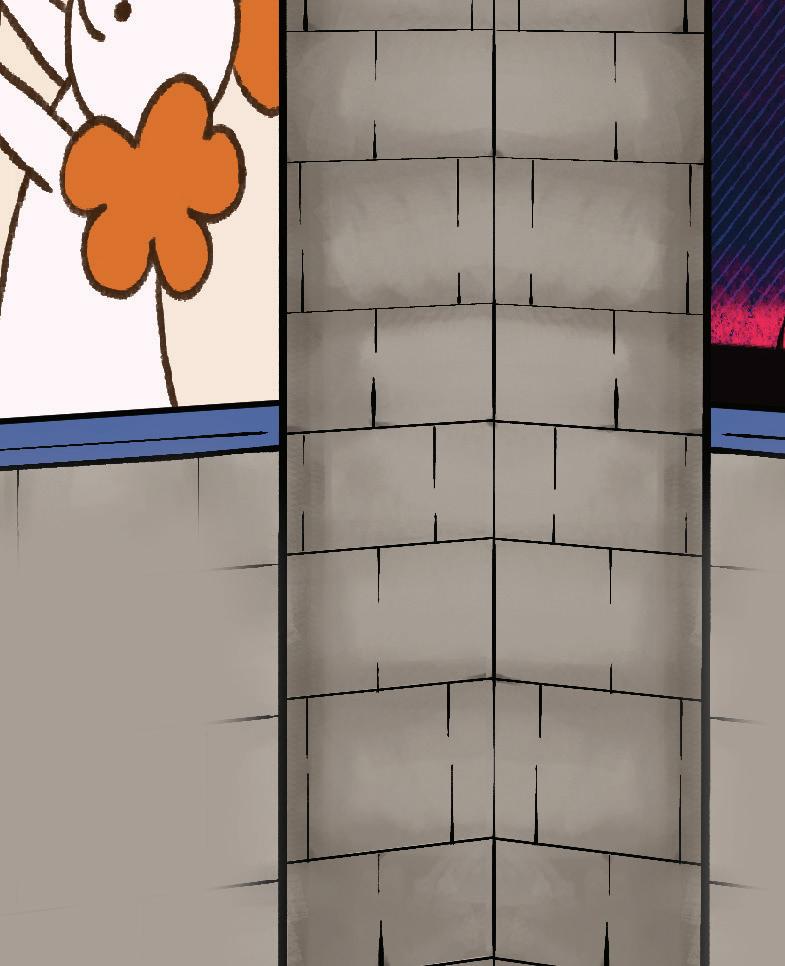




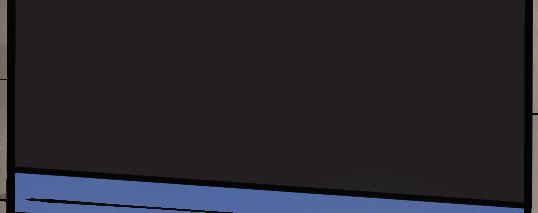


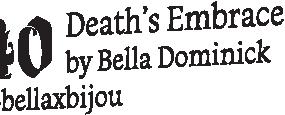

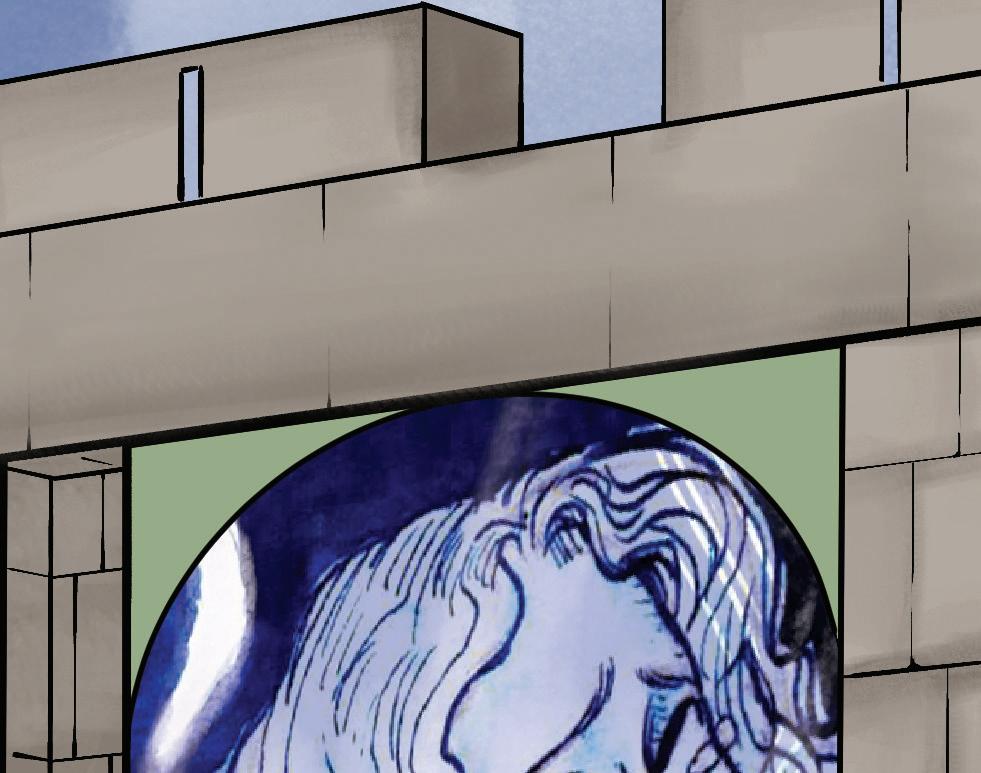
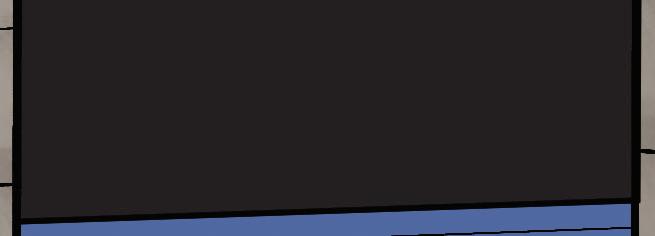
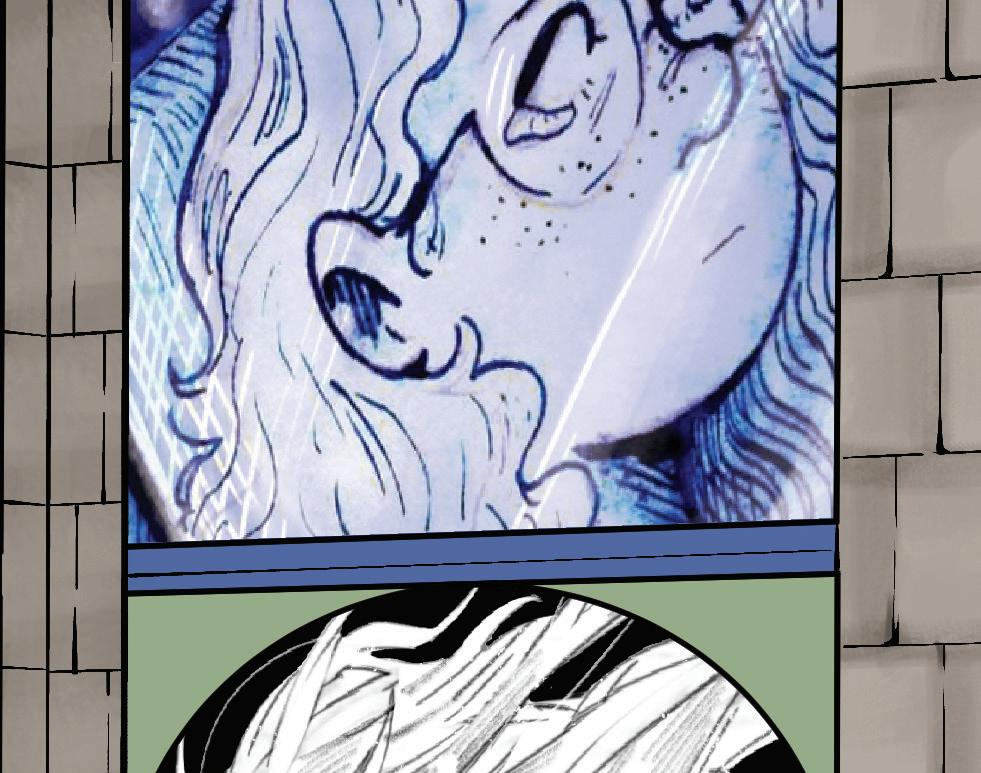
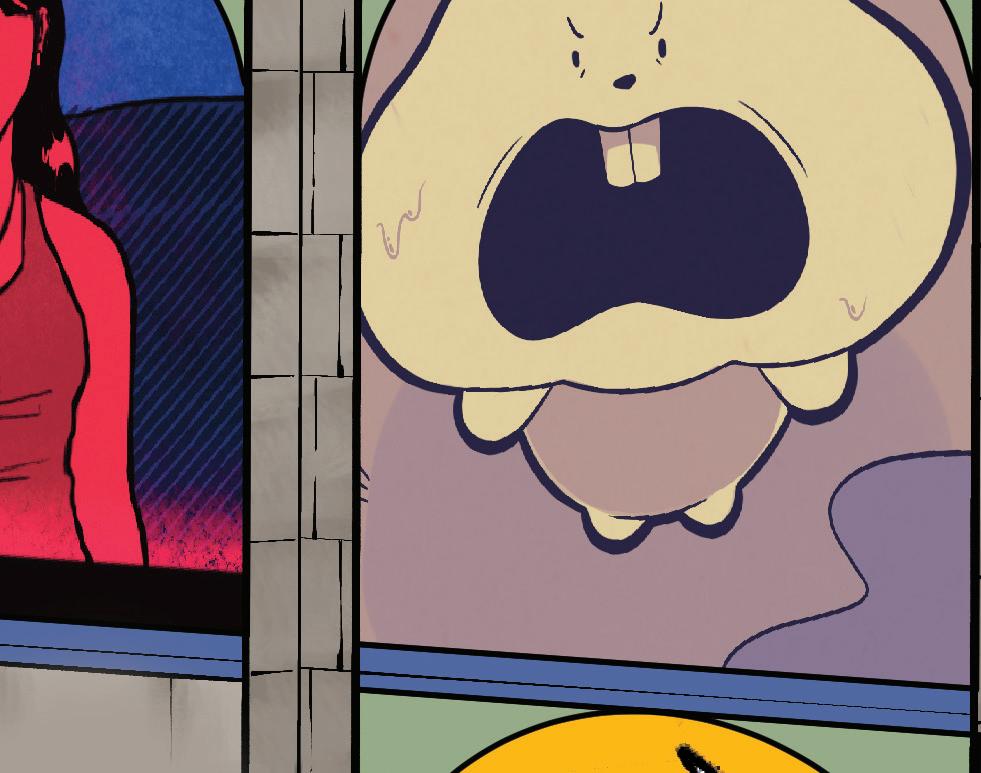




















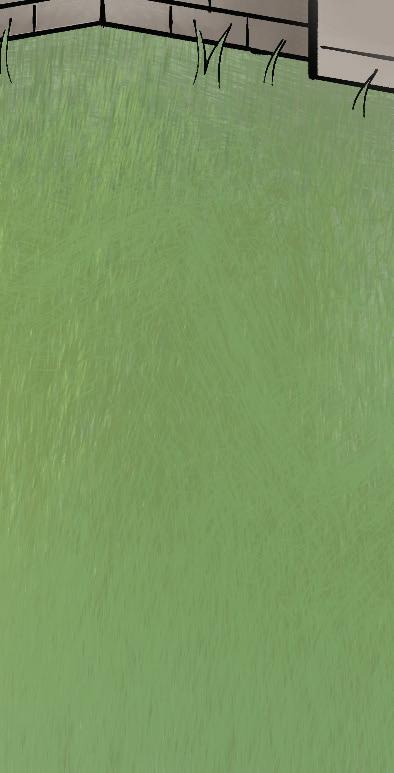
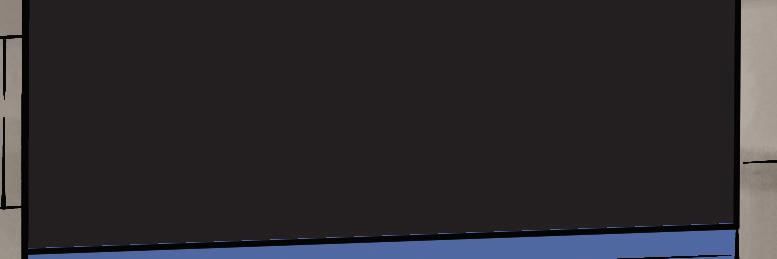










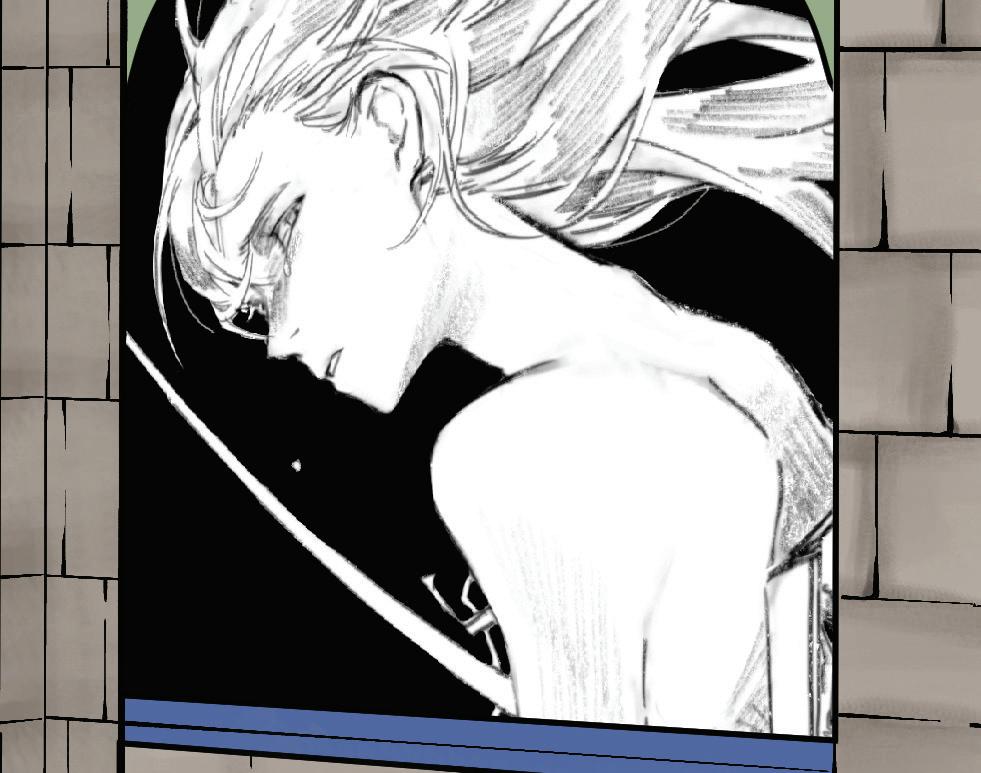
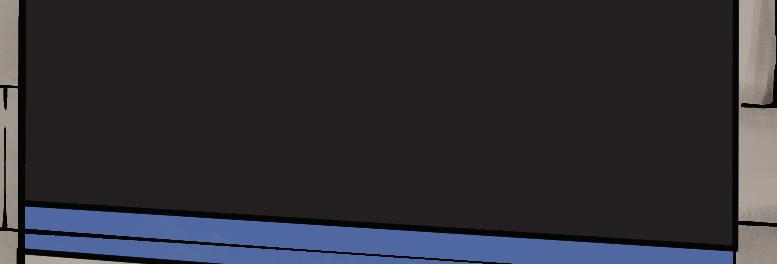












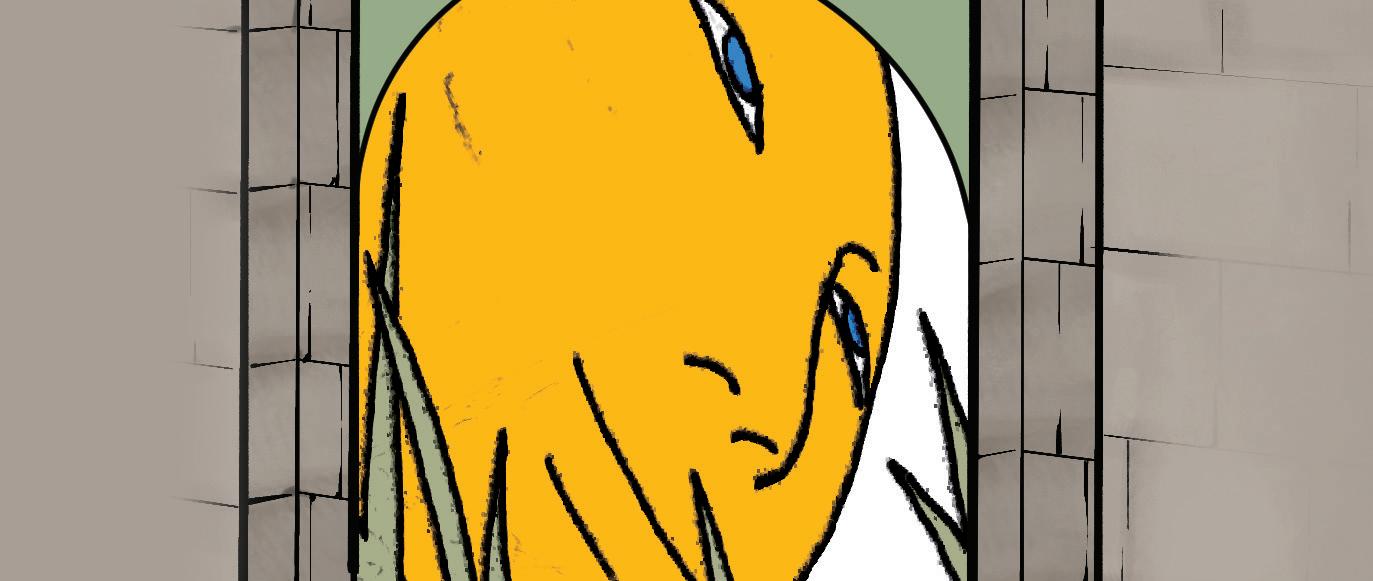


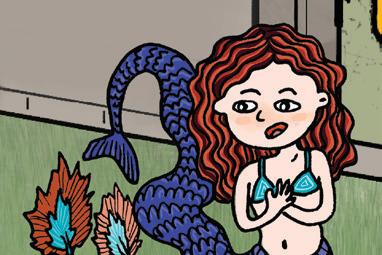
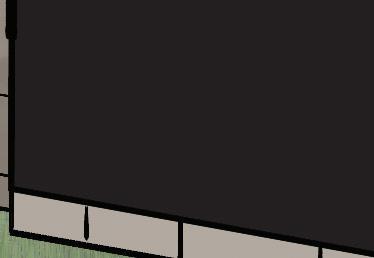
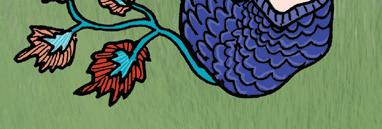


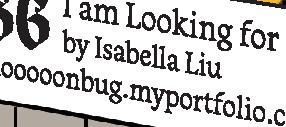
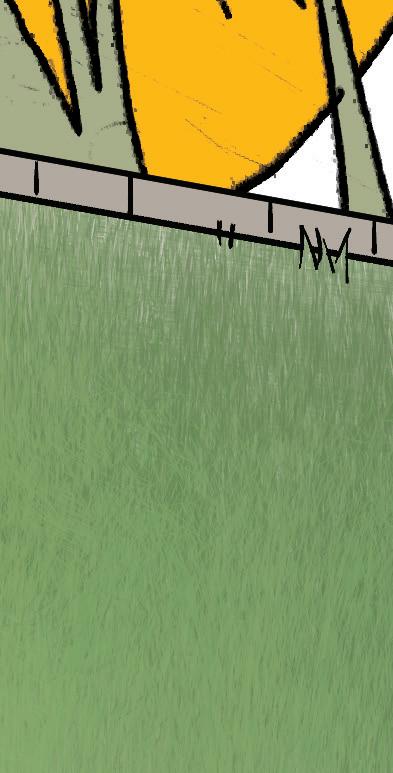
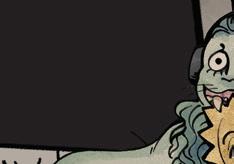
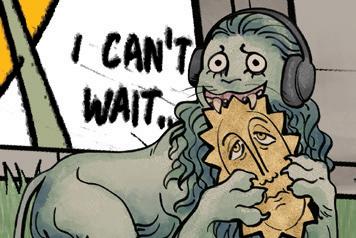



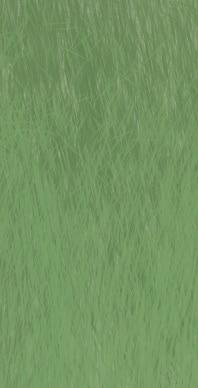
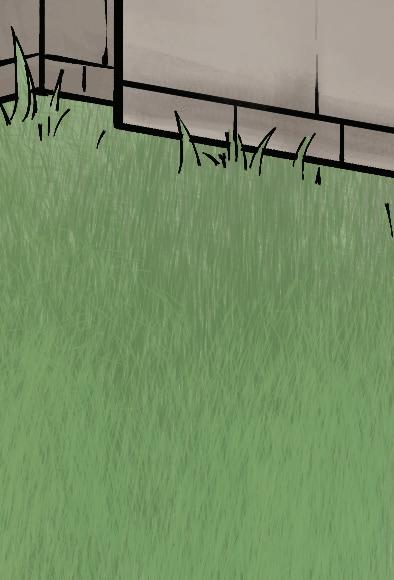
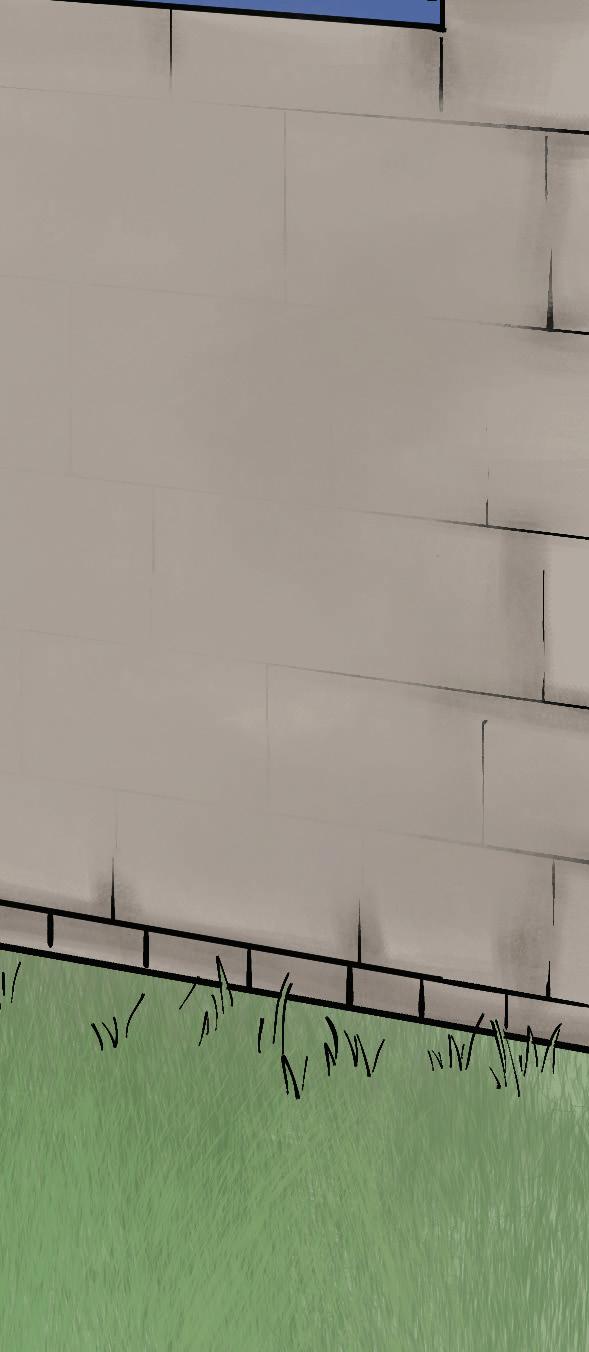

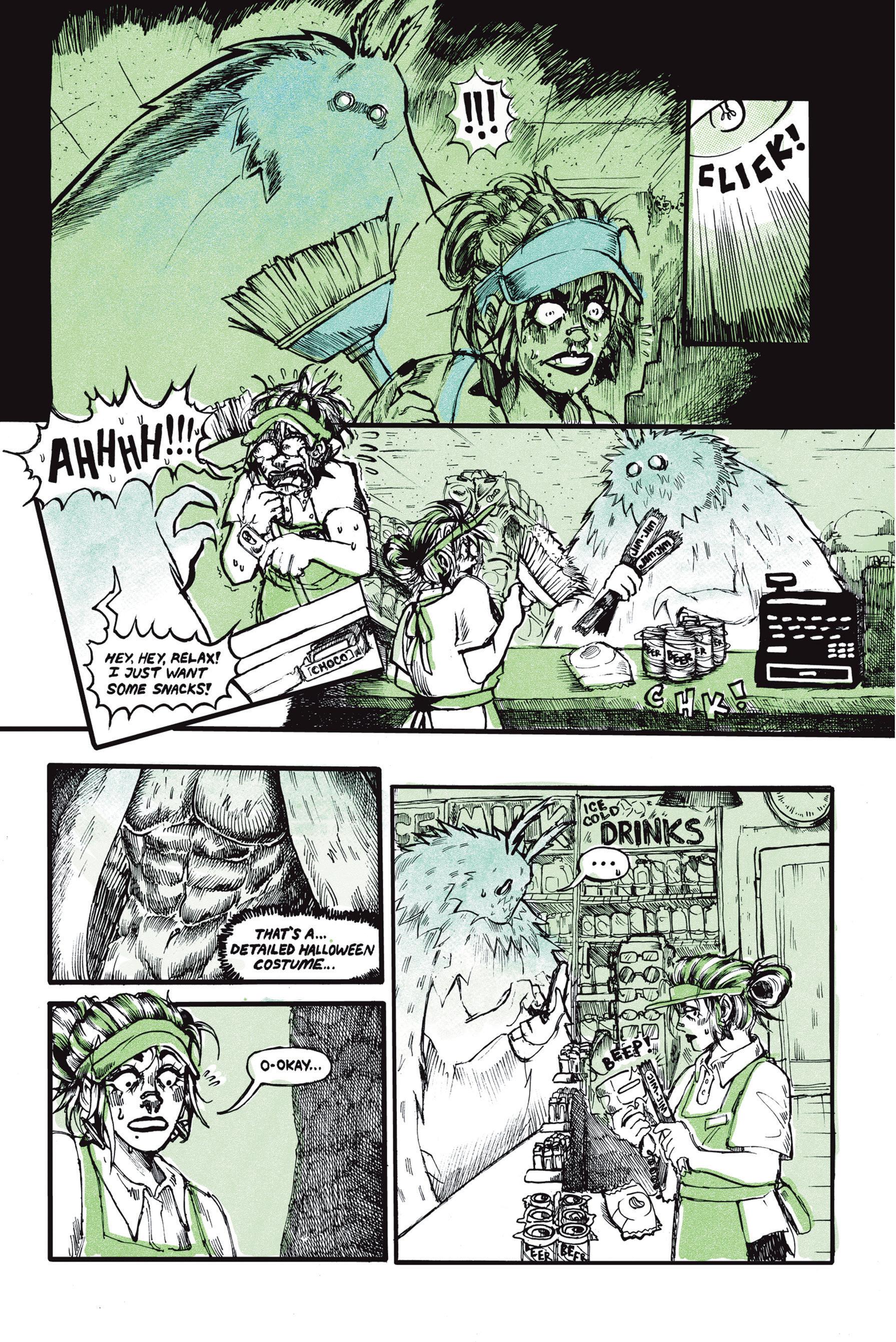

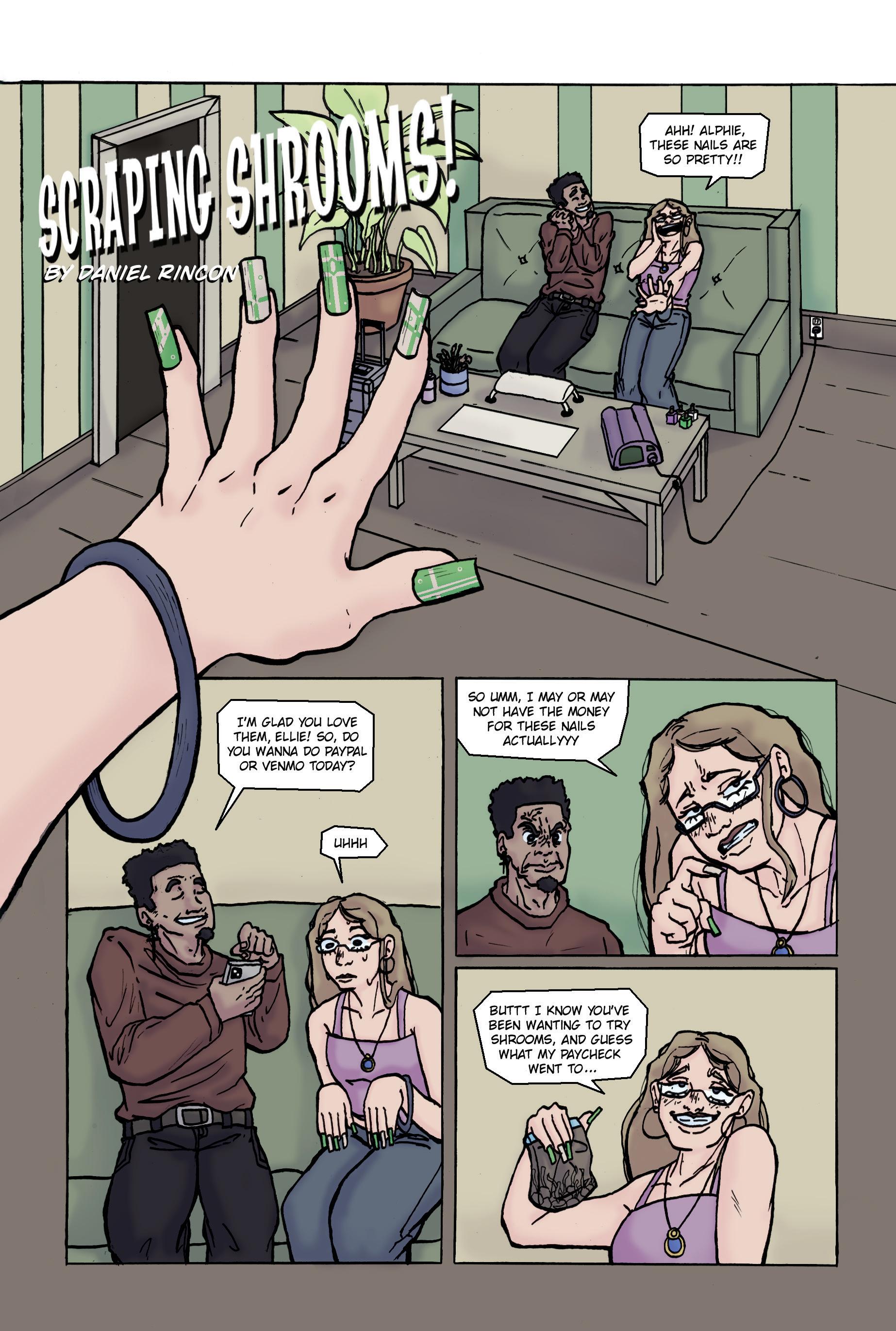
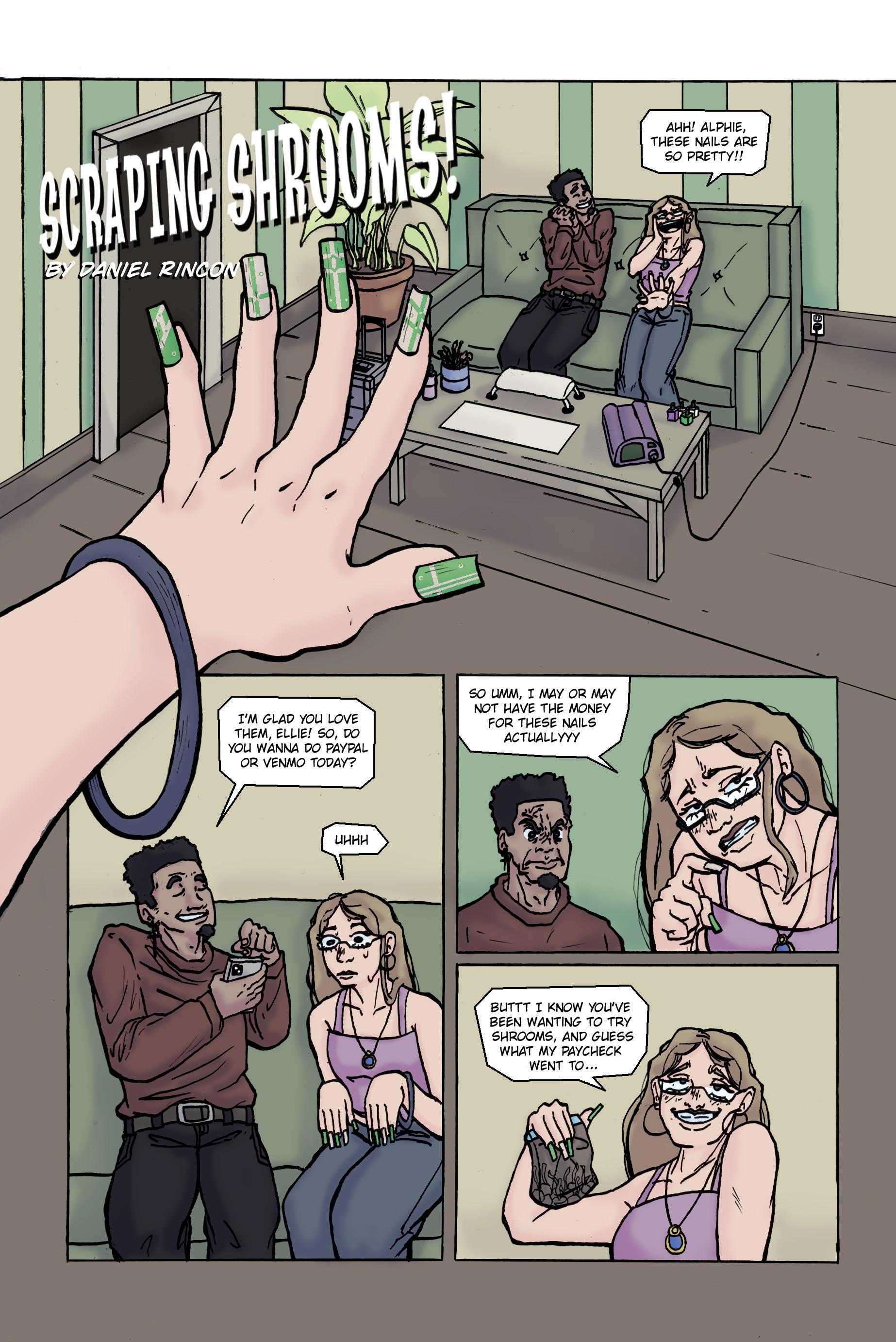
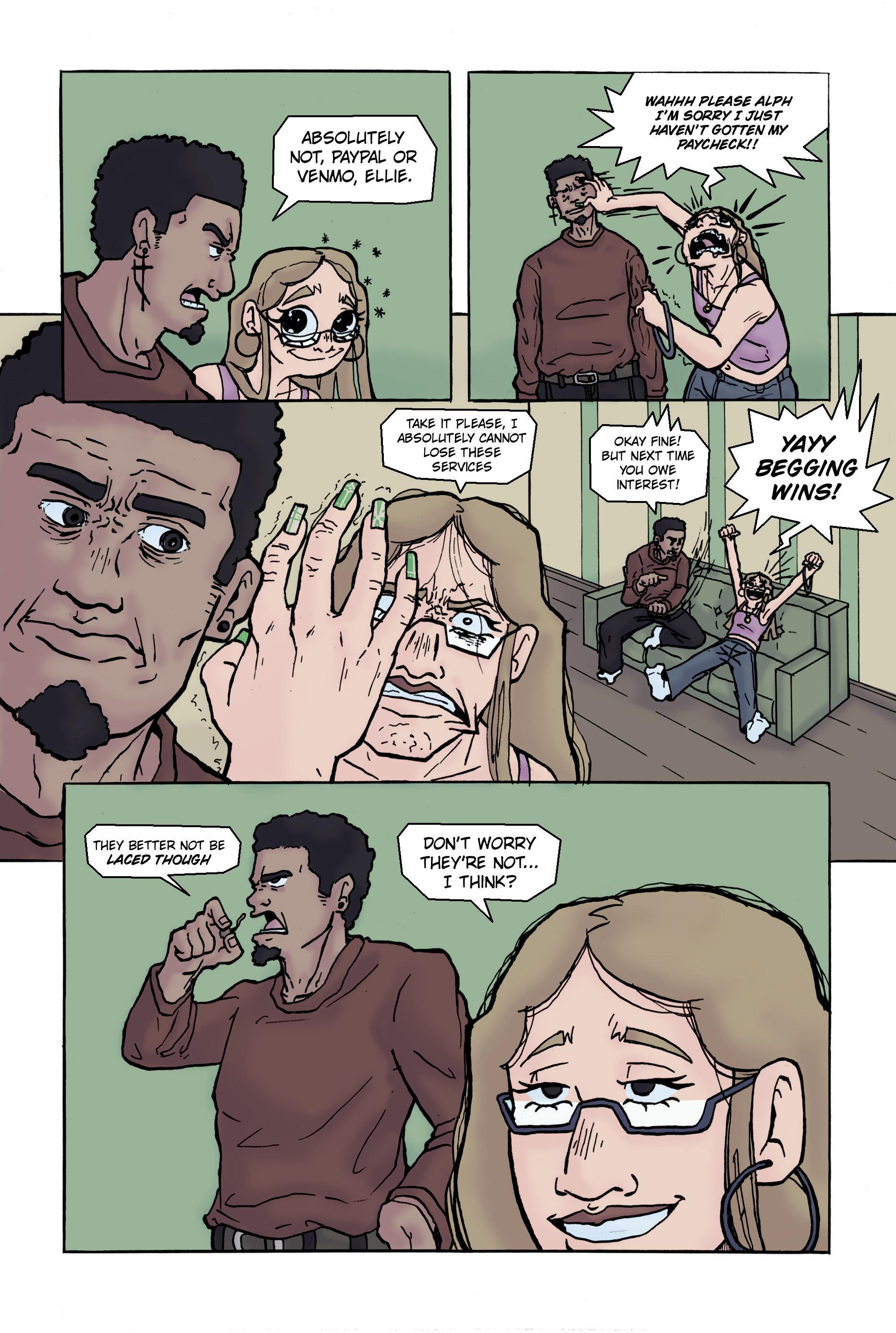
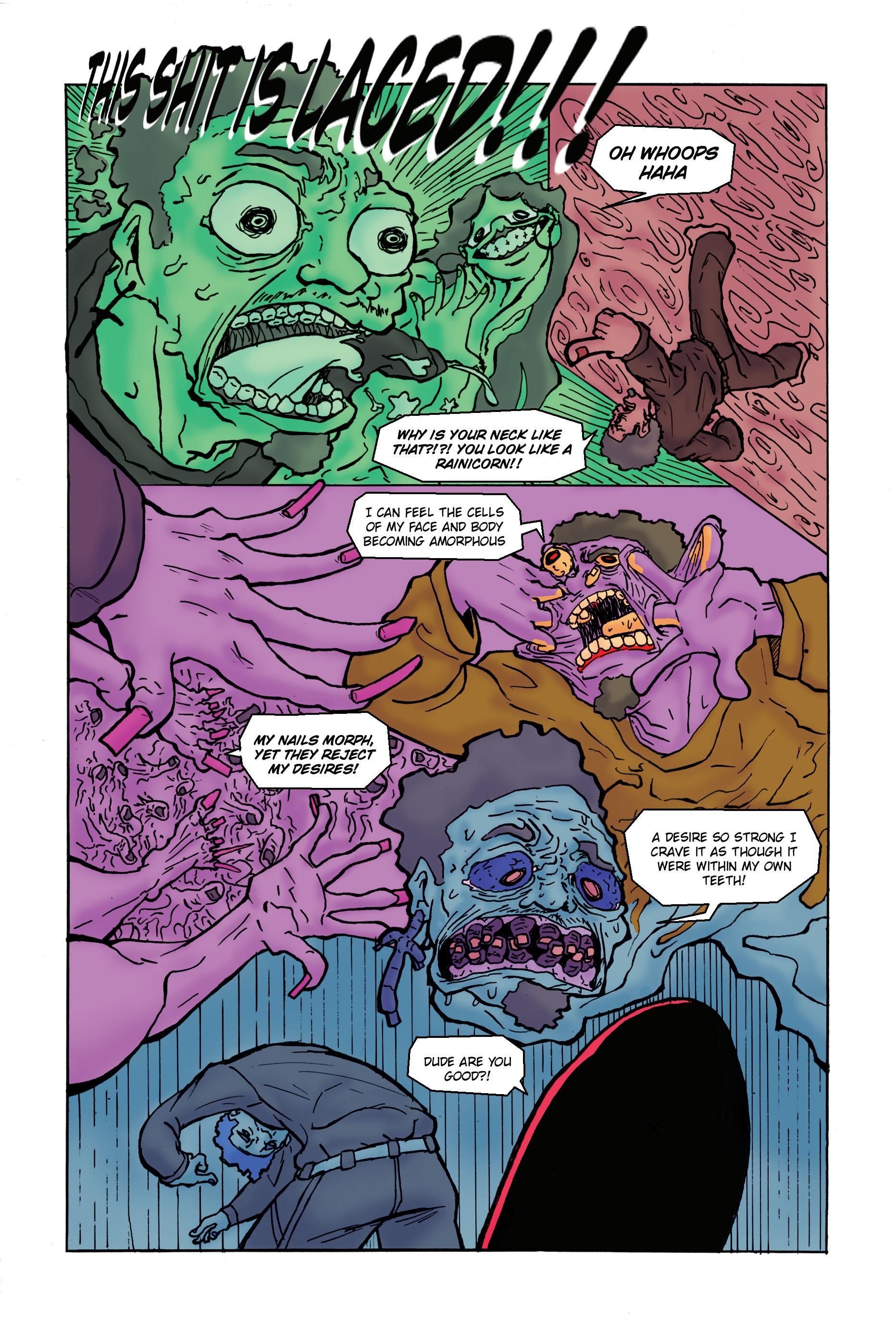
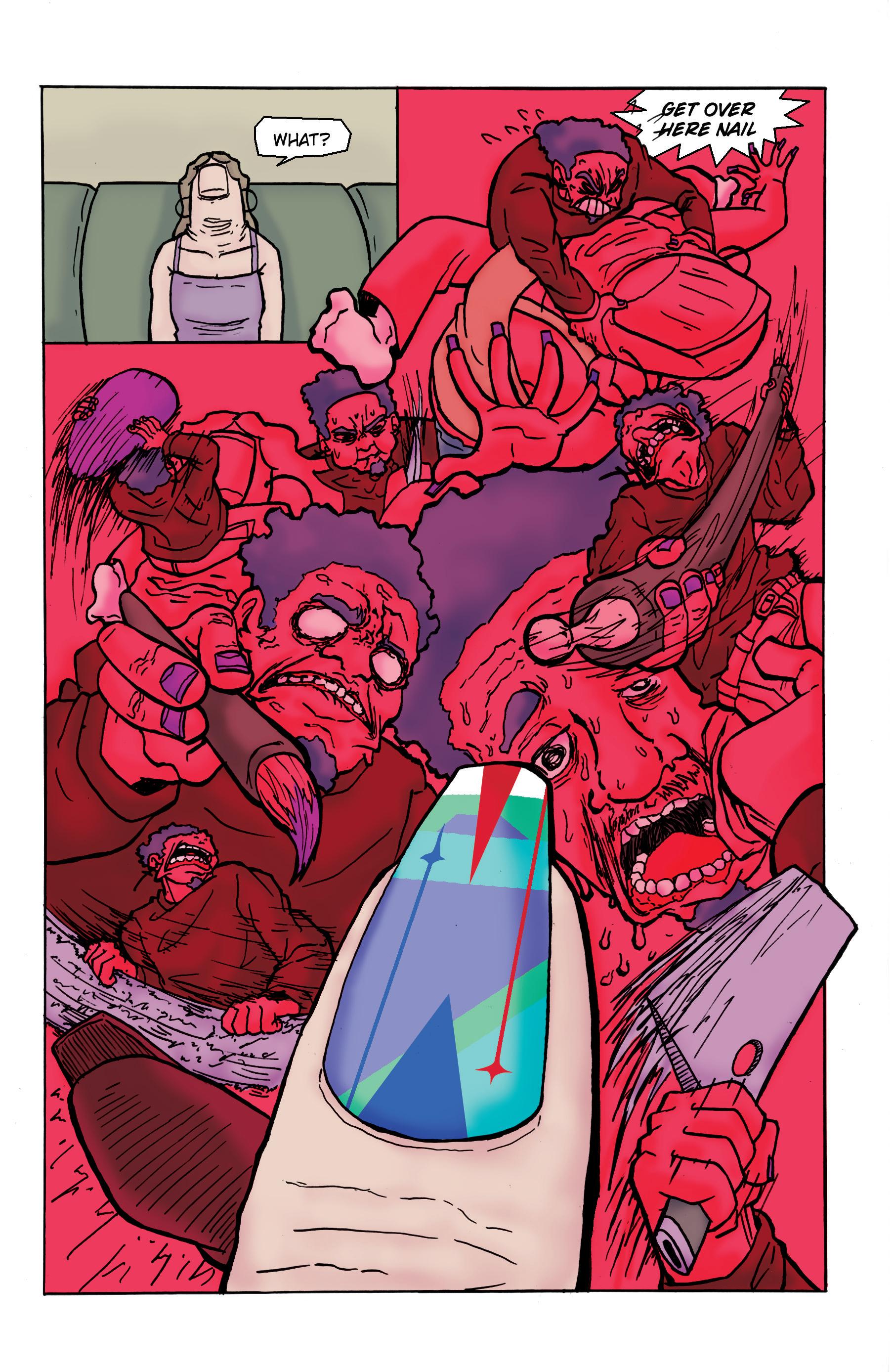
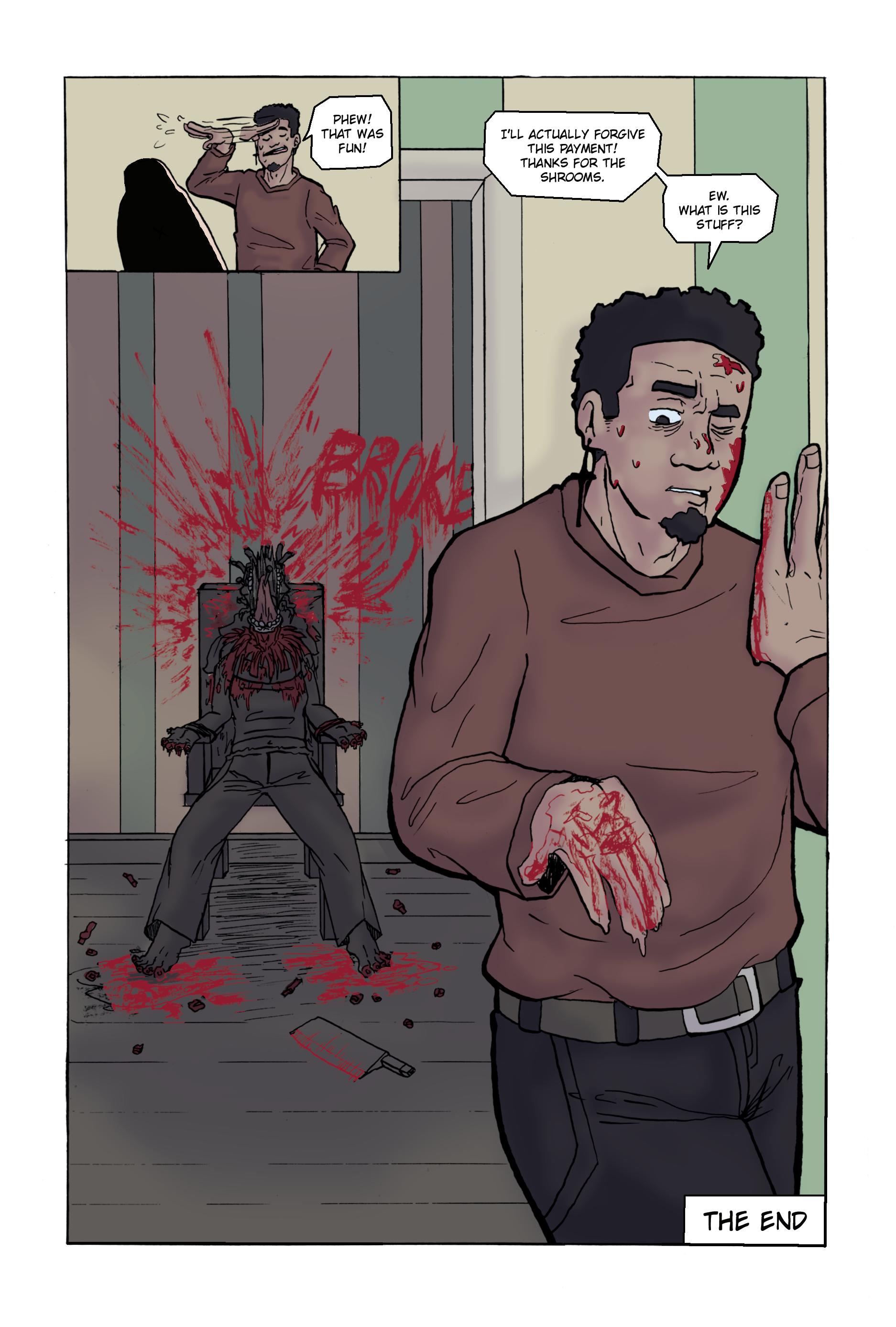
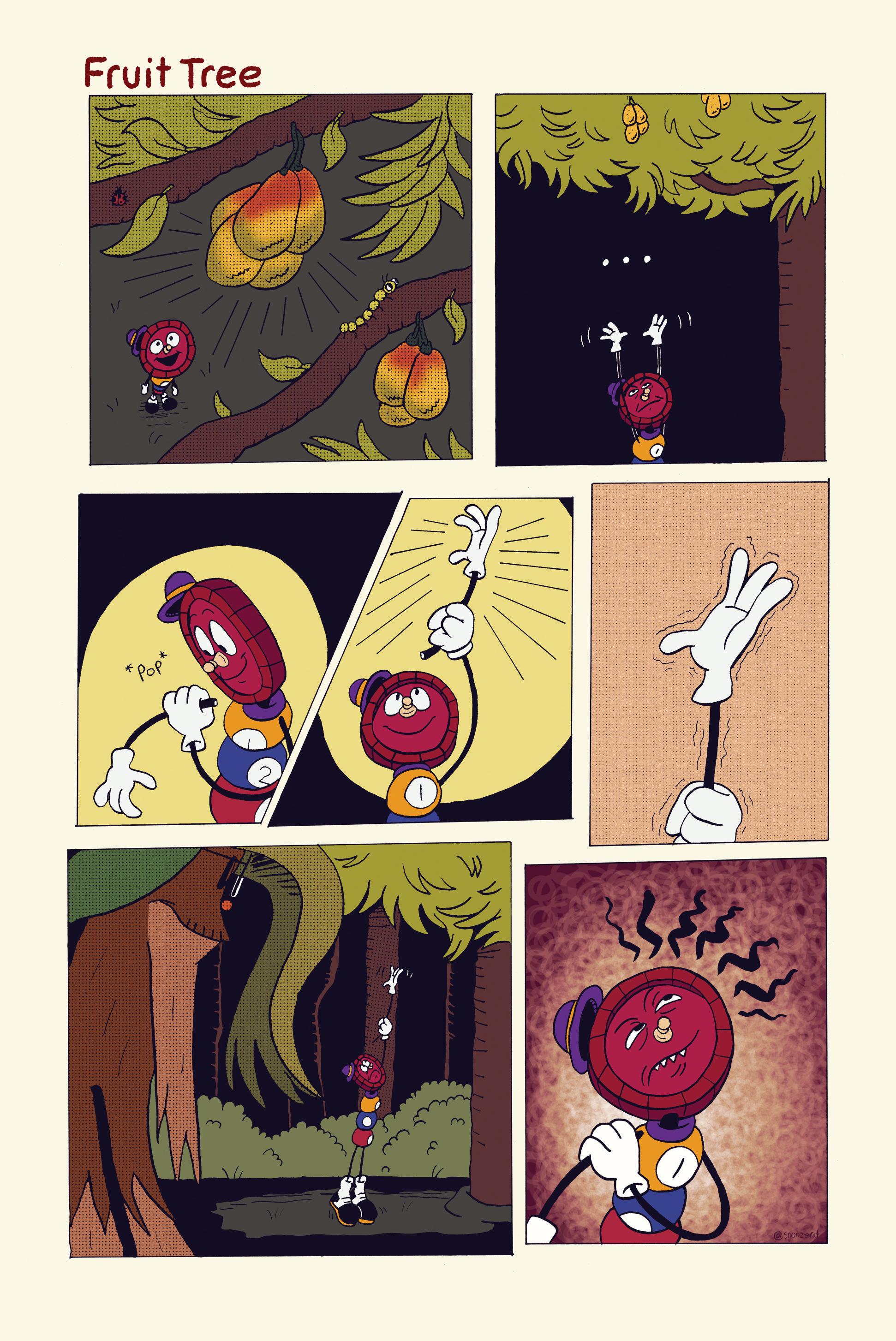
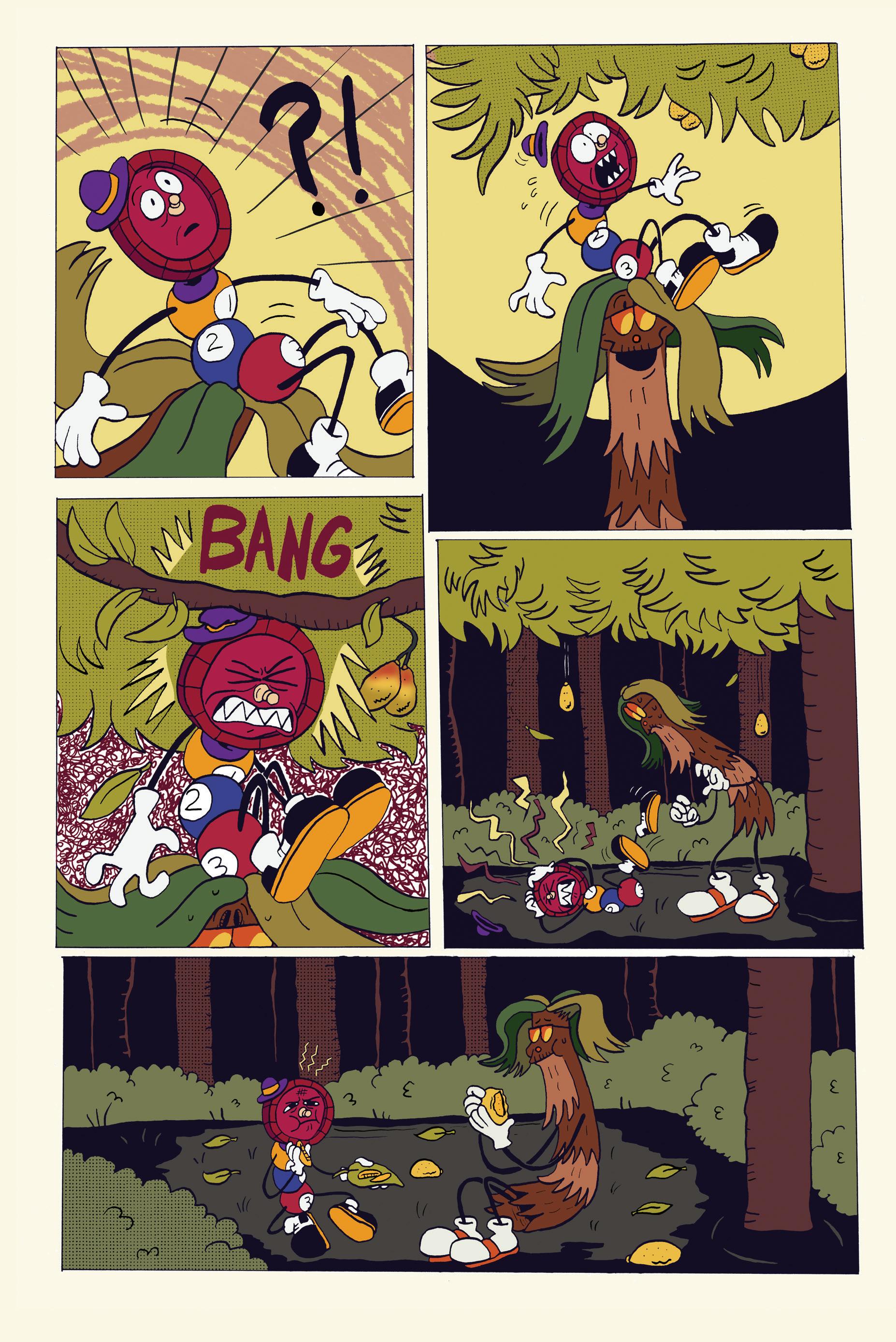
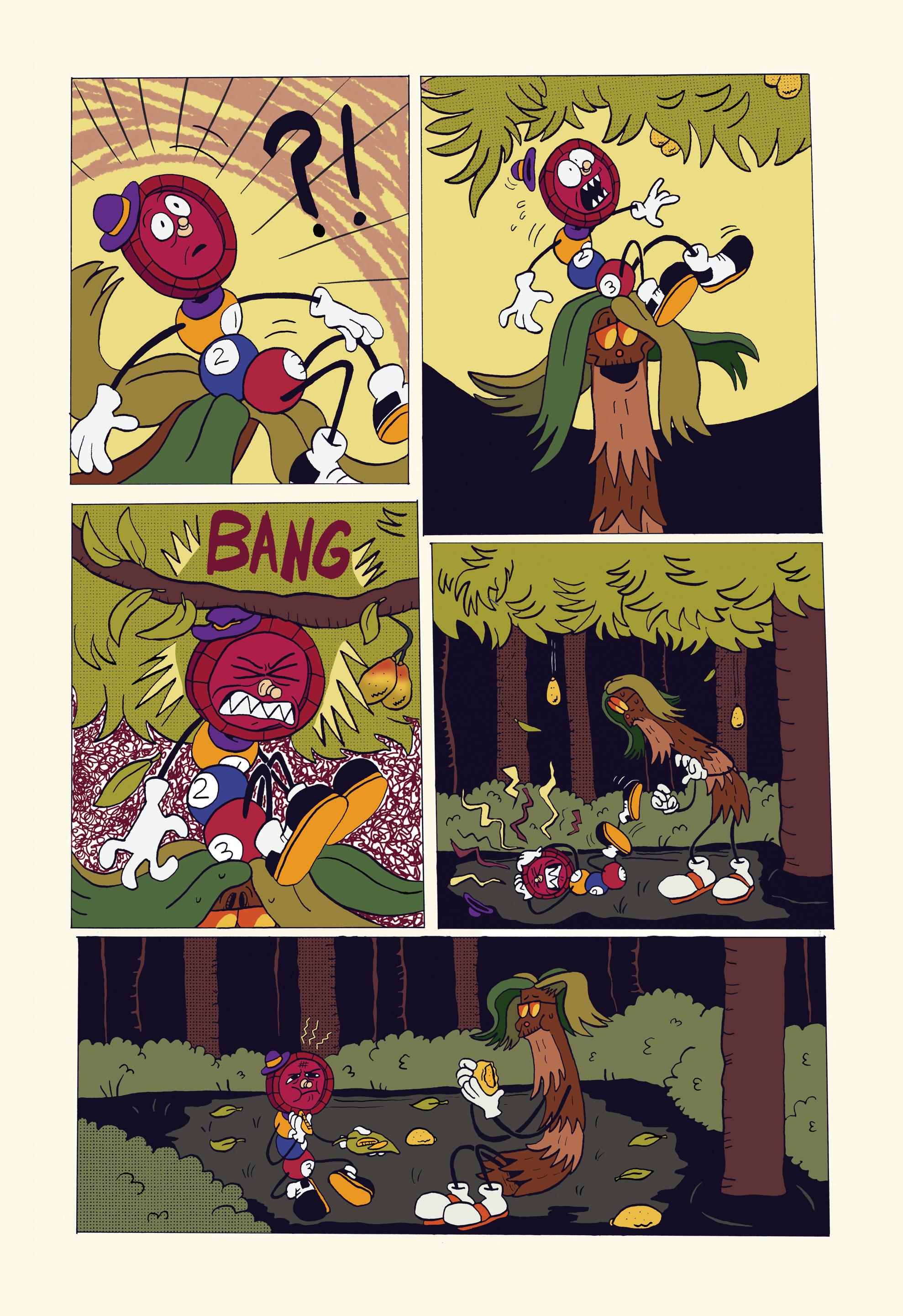
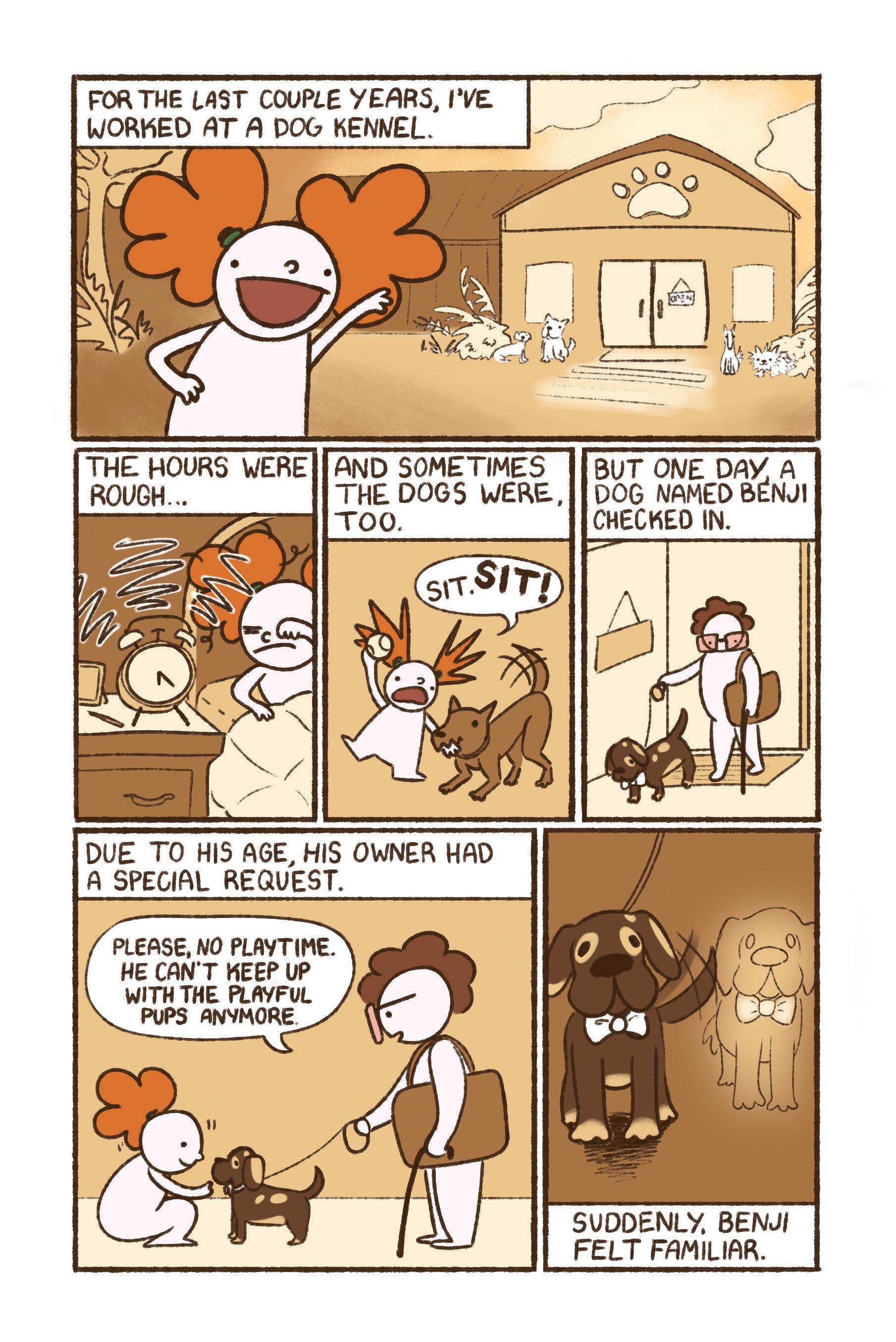
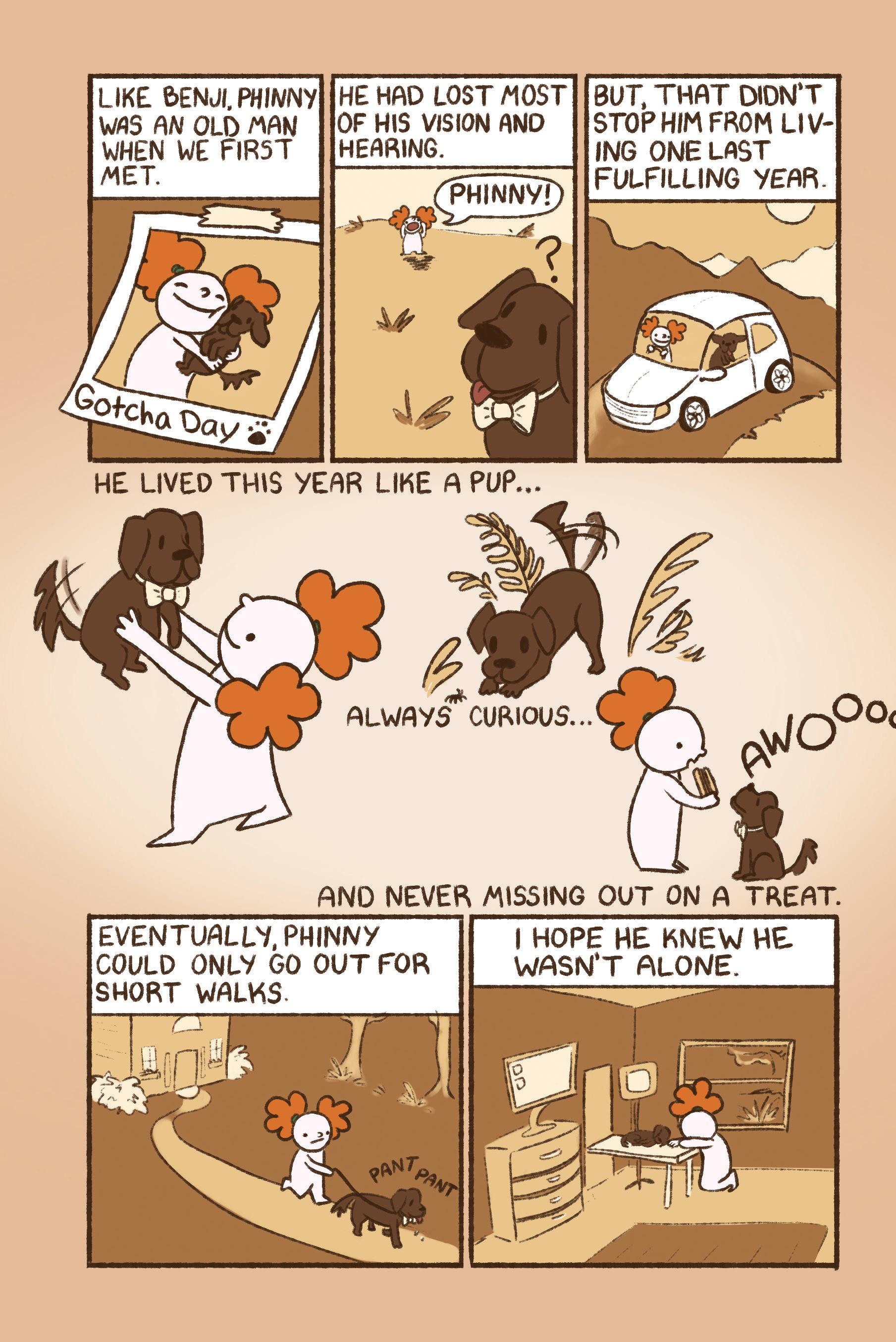
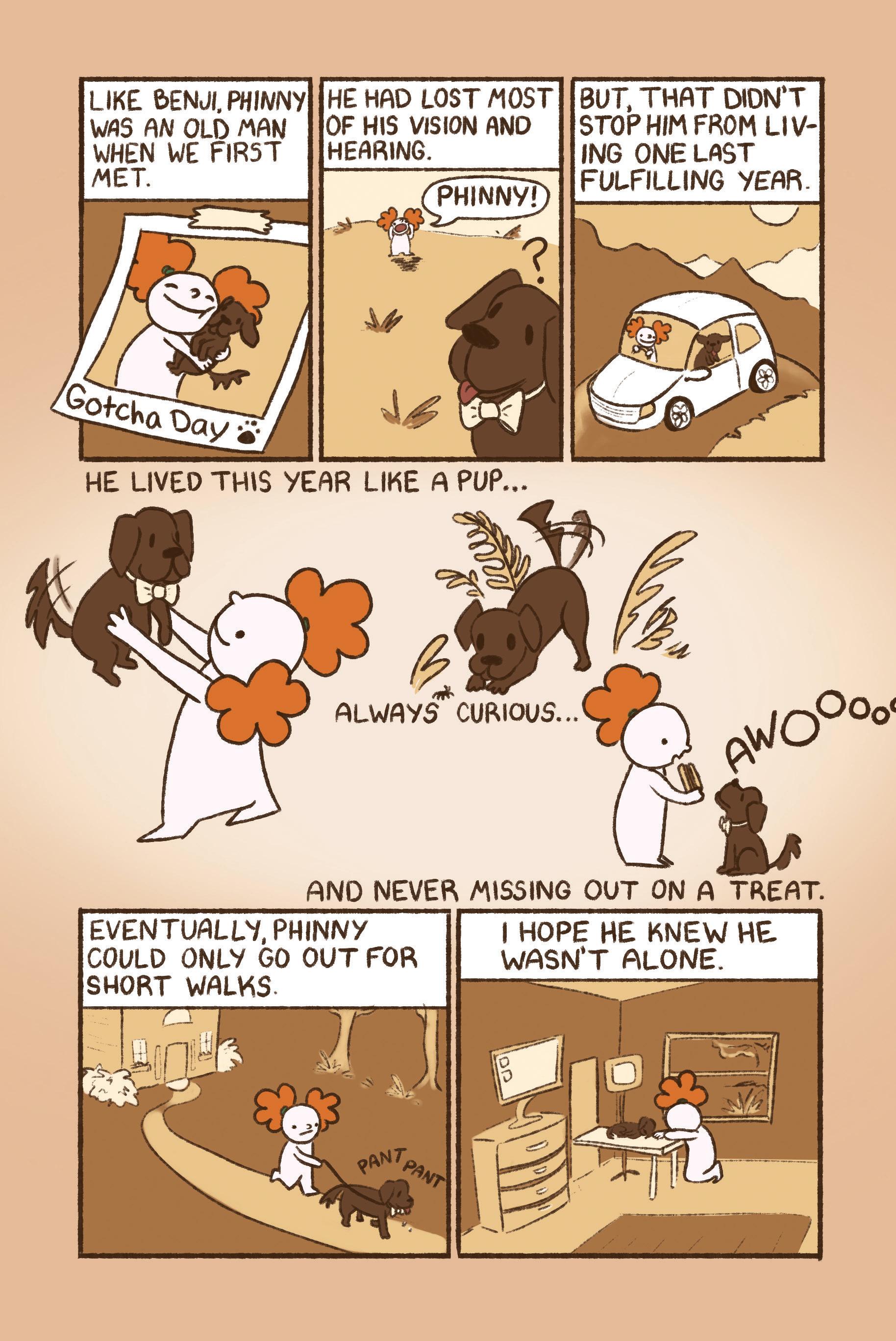
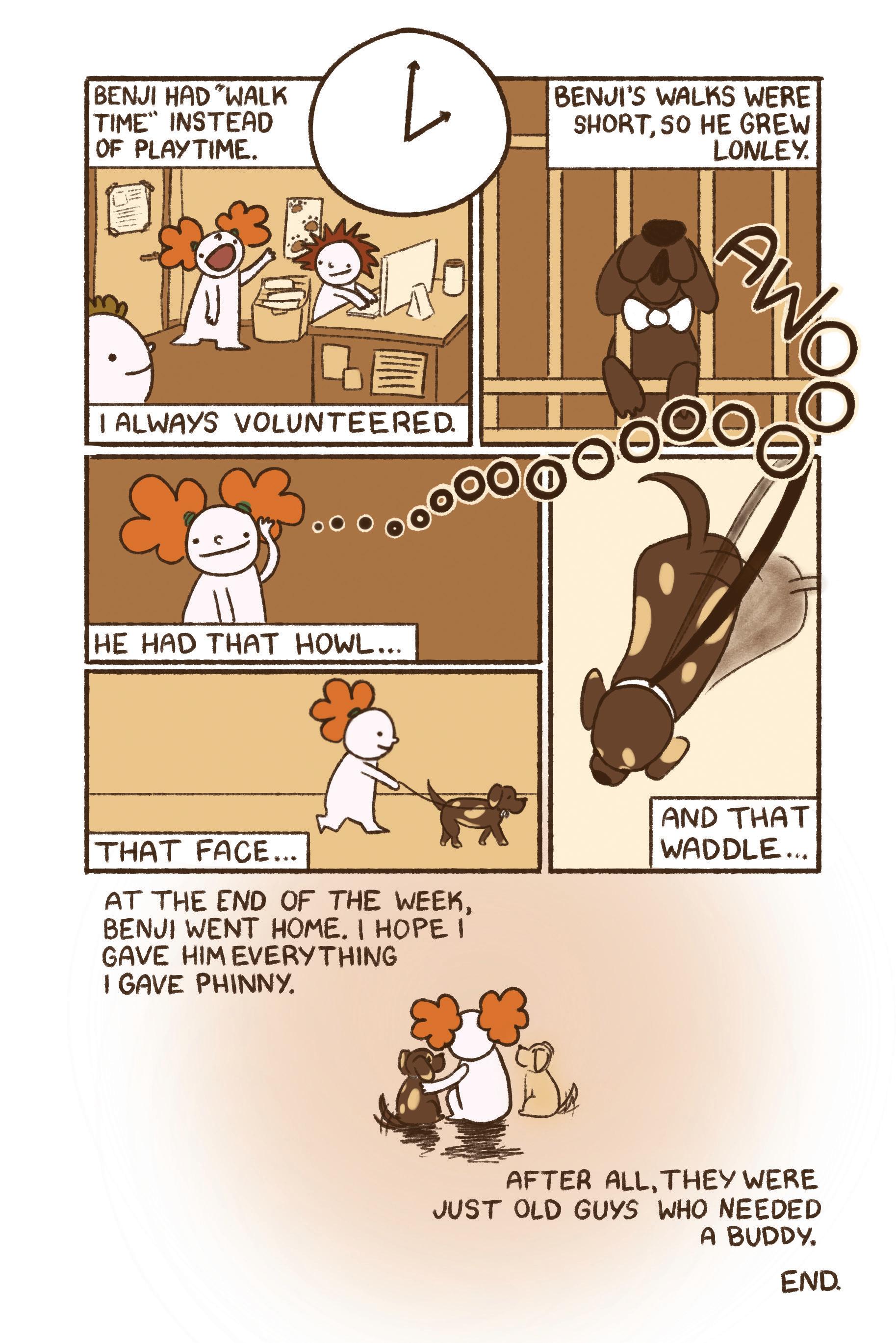
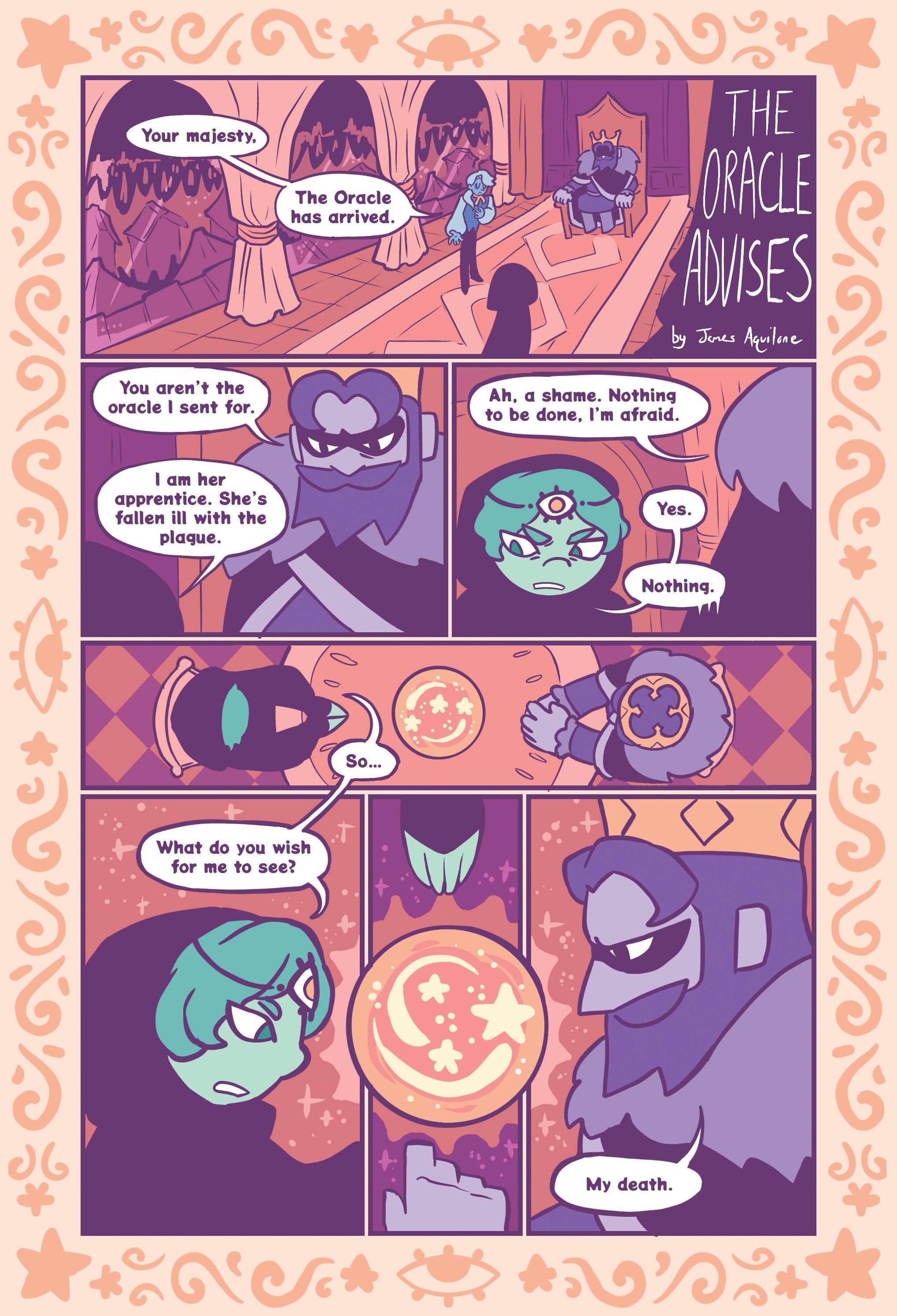
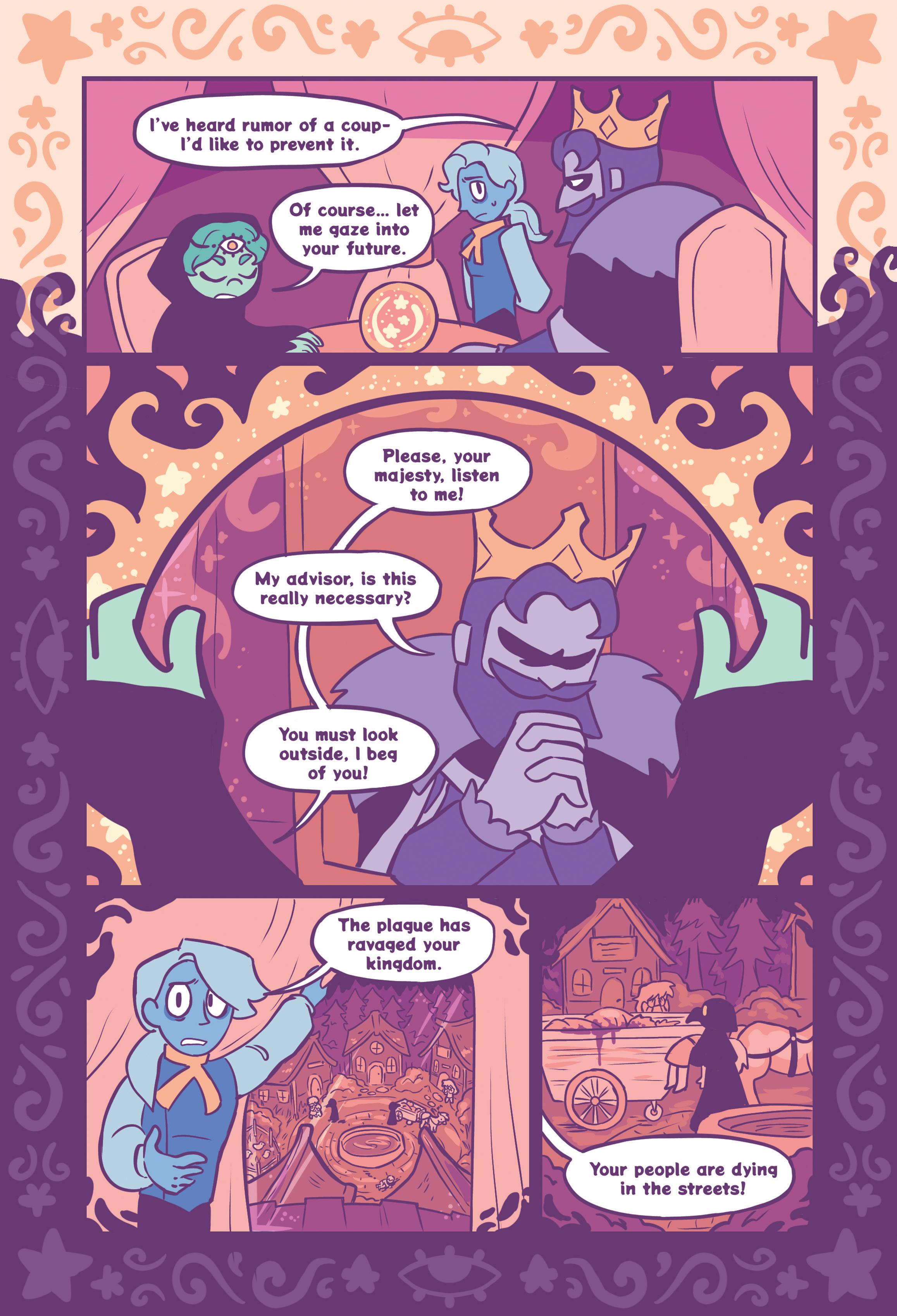
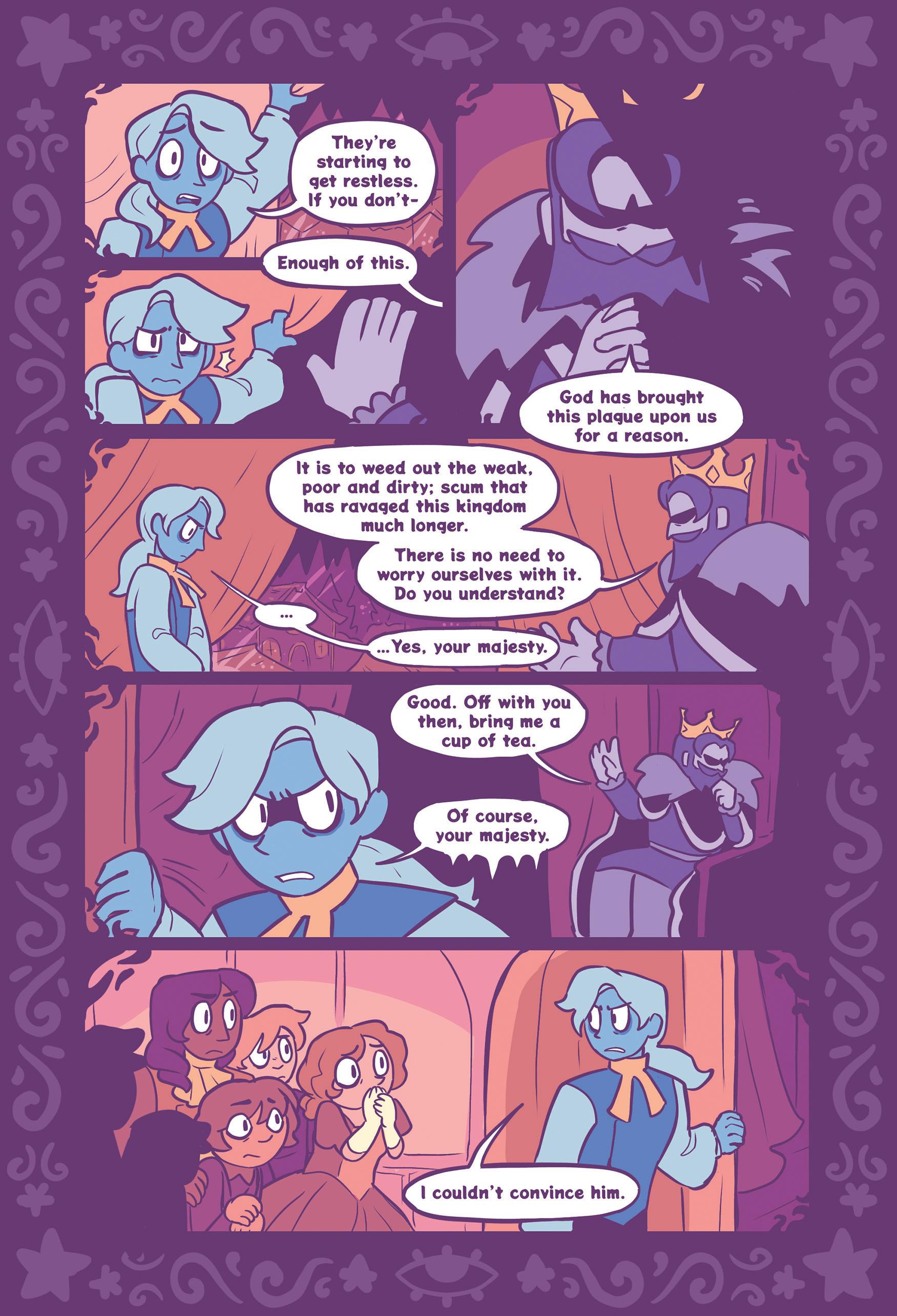
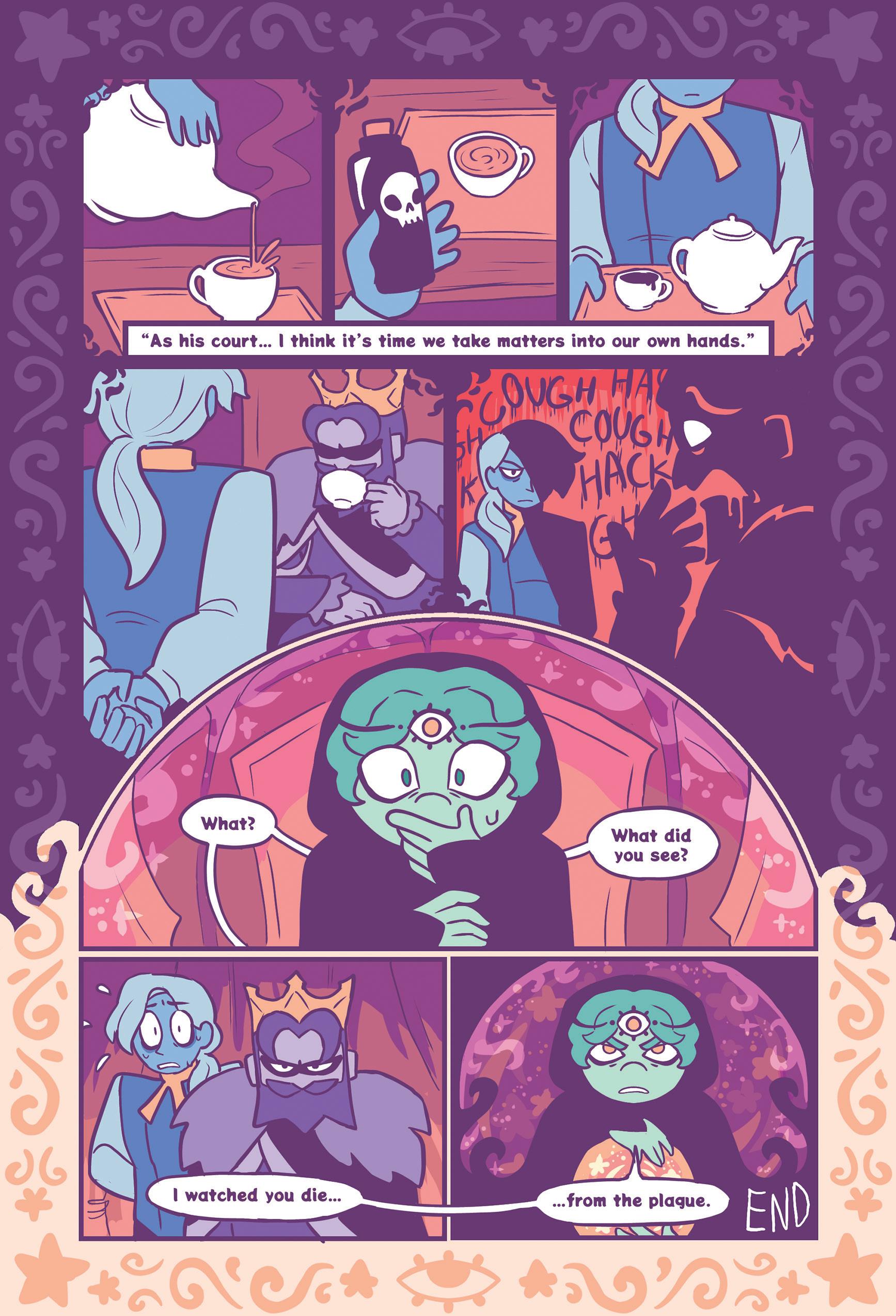





































































































































































































































is a cartoonist from upstate New York. His first published comic, The Chromatic Fantasy, has enchanted many with the fantastical yet mundane world inhabited by his queer characters. Welcome to his world of surreal whimsy!

The most interesting thing I found about The Chromatic Fantasy was the unique world-building. It was very fantasy, very medieval, but at the same time, they have phones, beer cans and modern technology. Why was this setting chosen to tell your story? What do you think the appeal was?
I had previously been working on a comic that I ended up abandoning, that had detailed world-building; I felt like the world-building kind of got in the way of me being able to just have fun with the characters. And for TheChromaticFantasy, I really wanted to have fun with the characters and really just kind of do whatever I want,
not worry about details, and not make a bunch of rules for myself. So that was kind of an exercise in ignoring rules, I suppose.
Okay, so there are no rules! Did you keep anything in mind by working with such a familiar yet distant setting? Did you run into problems?
There was a lot to think about, because I didn’t want the world to become so mushy. Because, sometimes “nothing matters” in a good way, where we’re having fun and it’s a calm time. But then if you do too much, I feel like it becomes cynical. I paid attention, making sure I didn’t overdo pop culture references or anything like that, to keep it from becoming too mushy.
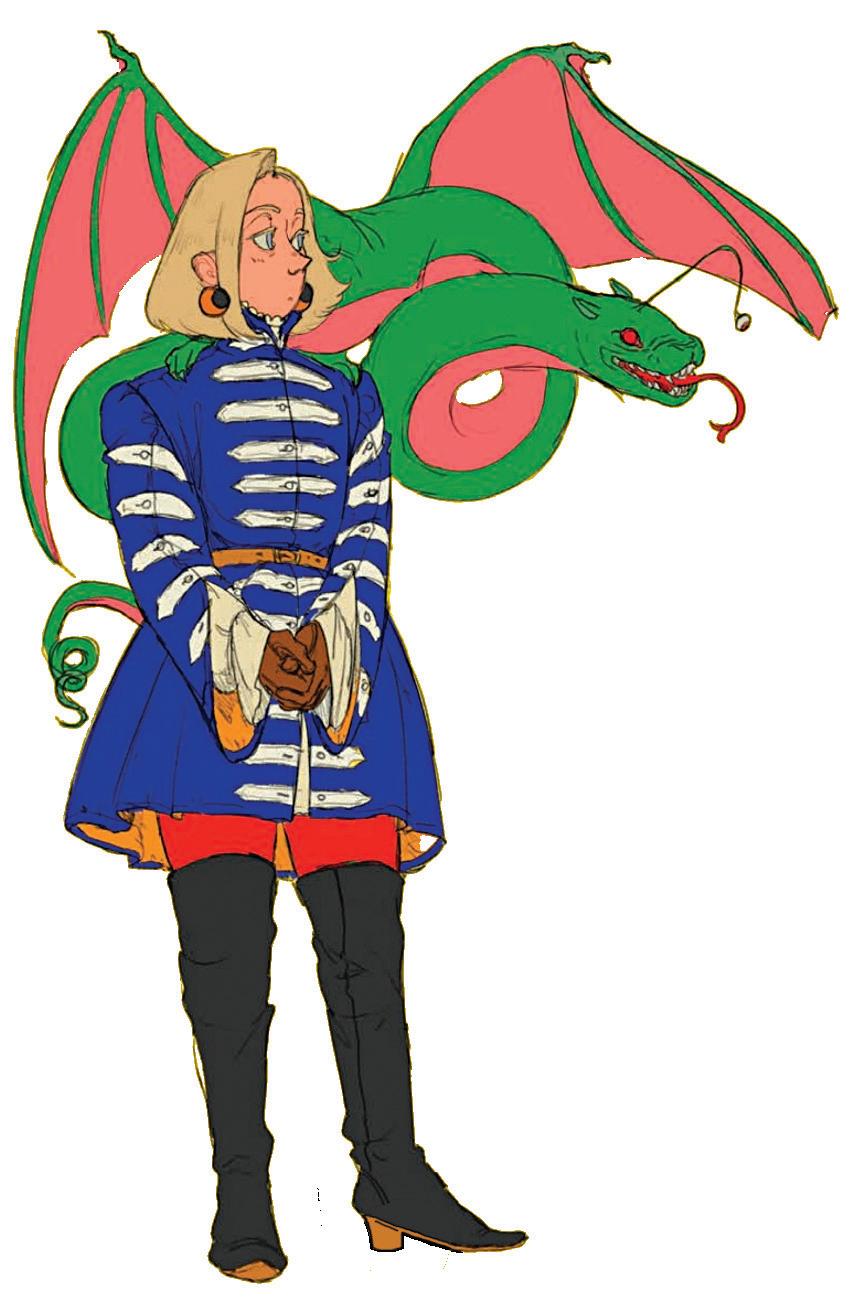

resources when it came to designing the word aesthetically?
When I was designing the world and everything originally, I did have a really particular era I was looking at. I was specifically referencing the early 1400s in Southern Europe, along with the Mediterranean. I was specifically looking for sources for architecture and clothing. I was also referencing medieval manuscripts directly for a lot of clothing and imagery and the way colors were being used. I also did other kinds of research, which was really just, like, me watching YouTube videos that seemed like they were trustworthy. I
tried not to look for things that were super sensational, where they’re just, “did you know that people didn’t know that you had to take a bath for like, 400 years?”. I tried to look for people who seemed like they knew what they were talking about and had sources of their own. I did actually want it to have this really particular contrast of some things being really, really accurate like “I do know what I’m talking about”, and other things kind of being like “I’m the dumbest person ever”. Where I’m like, the dumbest teenager ever, thinking about myself in the Middle Ages, how I would use my phone in the Middle Ages. Because obviously they would have those, because I’m a cartoon.
I do really like the direction you took. Because when you think about Hollywood medieval movies, their direction is, make them as dirty and full of dust as possible. Everyone should look miserable and peasanty. I just like the life you really brought into the work.
Was it the art you look at that made you choose that direction?
A lot of it was, like, manuscript illustrations and other art from that time period. I know there’s lots of debate about what colors people could have had, and what colors they would have worn. I think things were broadly more colorful than people tend to depict them. Manuscripts were also very special books that were commissioned by very rich people, so they’re using all of their really fancy pigments to make everything look as colorful and expensive as possible. I wanted things more colorful, instead of having it bleak,
and being like, “before the Renaissance, everyone would be stupid and roll around in their own shit all the time.”
The story itself is very personal to your experience. Was there any restraint or anything that made you shy away from what you fully wanted to express, and envisioned?
I was worried about expressing too much. Like, I was straddling this line a lot, where I wanted to discuss queer trauma, especially without becoming voyeuristic or objectifying. Because I feel like queer art that is intended for straight people can exist to explain queer pain. But I still have negative emotions that I wanted to express through art, and it was sort of difficult figuring out, like when I was expressing too much or not enough.
When you’re taking inspiration from your own experience, do you fear one day the characters will be redundant? Do you think it could end up being too many copies of
yourself? How would you avoid telling the same story again and again?
I feel like my characters are always, in some way, part of me, and I don’t think that’s super avoidable. I also usually think of the character as being a separate person; I do have to think about their motivations and their struggles that are different from mine. I think Jules and Casper are pretty different from me. A lot of the time I’m thinking about other queer people that I’ve known and how they act. I’m kind of building off of other people that I’ve met or seen in real life, or the research that I’ve done, or other books that I’ve read.
In The Chromatic Fantasy Art Magazine, which you published a few days ago, it said that your favorite part of comics is when two characters are just talking to each other about mundane things. But there must have been parts which are maybe kind of boring to you. How do you work around that? Do you start with the conversation and then build things back and forth,


or try to make a bigger picture first and then insert the things you like?
I feel like when I’m writing, I tend to build things around stuff that I think would be fun to draw. I guess I just know myself and what I would be interested in drawing and, and I know that, if I’m really not interested in drawing something, I’m just not going to draw it. But like, yeah I feel like I tend to construct my projects around what would be interesting to me in the first place.
You said you simplified your art style with flat colors and sketchy
line art, but at the same time, it’s very detailed and extravagant. How did you really push through drawing so many little patterns and little little details?
I don’t know, I kind of just enjoy drawing those little details. It’s just kind of fun for me. At the end of working on it, I was very tired and didn’t want to draw that much anymore. But I also like having fun, and I still did want to draw those things.
Your style is very distinctive. Is this your go-to way of illustrating? Or was it particularly chosen for this project? What will your other works look like? If it’s telling a different story, will it look different?
I think that this general method of drawing is pretty consistent throughout my work. But I did pretty purposefully come up with these flat, bright colors, and all of the patterns. It was pretty particular for this comic. Other comics I’ve drawn, I’ve adjusted my style somewhat to fit the story, or the vibe, or the location. A story that I was working on previously involved demons, and they were living in this kind of gross desert area, and I really wanted everything to look hot and dry
and disgusting. So I was using colors completely differently. I was using a lot of gradients and a lot of backlighting to make it look like it’s hot and we’re in the desert.
I found some parts of the book really experimental, which is exciting. However, I wonder if some people might not understand what’s going on, and put the book down. Were you anxious about that, or did you feel like it’s a risk worth taking to fully tell the story?
I wasn’t super worried about people understanding it. This project originally was just something I was working on to prove I could finish something myself. I was going to just self-publish it, and I wasn’t really thinking about cultivating an audience. I was just thinking this would be fun for me!
So it was an underground project, a passion project instead of commercial comics?
Yeah. Silver Sprocket approached me to publish it after I had tried to self publish it, and it got more attention than I was expecting! And it really was something that I made just because I really, really wanted to!
That’s the greatest thing! It’s very passionate. I guess that’s the greatest thing that can happen to a cartoonist. What’s the origin of the title The Chromatic Fantasy?
I was originally thinking I
would do a bunch of little short stories, and I was going to name them the “Such-and-such Fantasy”. Like, “The Crystal Fantasy”, or “The Hellfire fantasy”, or just whatever, from a list of cool words. And I ended up with The Chromatic Fantasy, because it’s very colorful. And I was thinking of chromatic as, like chroma, as in color. But then I Googled that, and it turns out that’s also the name of a piece, like a piano piece by Bach. And I listened to it, and it kind of does have the right vibe. So that was a cool thing to figure out.
How did it evolve, in your mind, through the years? Like, did you have to abandon your favorite settings, or your favorite characters, or did it just translate into the final project smoothly?


It sounds so cheesy and stupid to be like, “I had a vision”. But I kind of did just have a vision of the character who would become Jules. I’m sure there were prompts and things that brought me this image in my brain of a guy in really bright colored medieval clothes eating modern gummy worms and smoking a cigarette. And I was like, I need to draw that right now. I had some stupid idea where I was gonna have it be all in Shakespearean English, or become slowly over the course of the story, more Shakespearean English, such that it becomes less intelligible. But that would have been too complicated, and I can’t do all that. But that’s the only thing that I definitely abandoned very quickly. But most of it, I
think it kind of became what I wanted it to become.
From a self-published project to a properly published project, did you have to make some changes to your work?
Silver Sprocket didn’t make any real changes to my work… I think there were a couple of things. There were a couple instances where I had to remove characters singing copyrighted music. But otherwise they did not make me change anything about the story.
I think the transmasc romance as a genre has not been fully developed yet. Do you feel like you are one of the pioneers of the genre, and do you have any responsibility that follows you because of that?
Despite there not being that much transmasc romance, there does seem to be, like, a trope of them both being thieves. I feel like I see transmascs being thieves together a lot, but I don’t have a lot of proof. I feel like there’s this indie movie from the 90s about two trans guys robbing a bank, called By Hook or By Crook. But I’m not really sure. I wasn’t able to find it to watch it. I try not to think of myself as someone who has to represent my entire gender identity. I think that something important to me is feeling like I’m just representing myself, and what I want personally. I’m just an individual trans guy, and I’m not every trans guy, and I don’t speak for every trans guy.
I was about to ask you about what you think of the tropes. I feel a lot of trans heroes are making deals with the devil. I remember one, I
think it was, Be Kind, my Neighbor by Yugo Limbo, also from Silver Sprocket. They also do a very similar thing. Do you think there’s a reason behind that kind of trope?
I kinda feel like queer media was like that, like queer horror, what is it called? Hellraiser? If you think about Hellraiser and things like that, I feel it represents how it feels to come out sometimes and transition. Where it feels like, in order to be happy, I have to do this extremely painful thing, and I have to exit reality, so to speak. I have to exit the general way of thinking about society, where it feels like I have to do a very dangerous thing. But, I mean, it’s not that dangerous in the end.
I think The Chromatic Fantasy is a very unapologetically trans and queer graphic novel. Did you face any trouble? Do you think there is enough market for aspiring comic artists who are planning to make similar projects? Do you think
there’s a big enough market for them to get published?
I feel like people want to read fun, silly, experimental things. And I think that they do want to—at least other queer people do—want to see queer protagonists.
I’m not really an expert on what’s popular right now in comics, to be honest. I think it’s worth it, even if it’s not popular, to make art, especially if you’re any kind of underrepresented group. I think it’s worth it to create a niche work, because the more perspectives that exist out there, the less painful it will be when something doesn’t represent you.
More people will be able to see themselves in the niche genre they want to see themselves in, instead of having to all clamor and grab on to one trans guy and be like, “okay, this is our only trans guy, and we we hold him, and he’s mine, he’s my trans guy, and you can’t have him, and he has to represent all of us forever”.
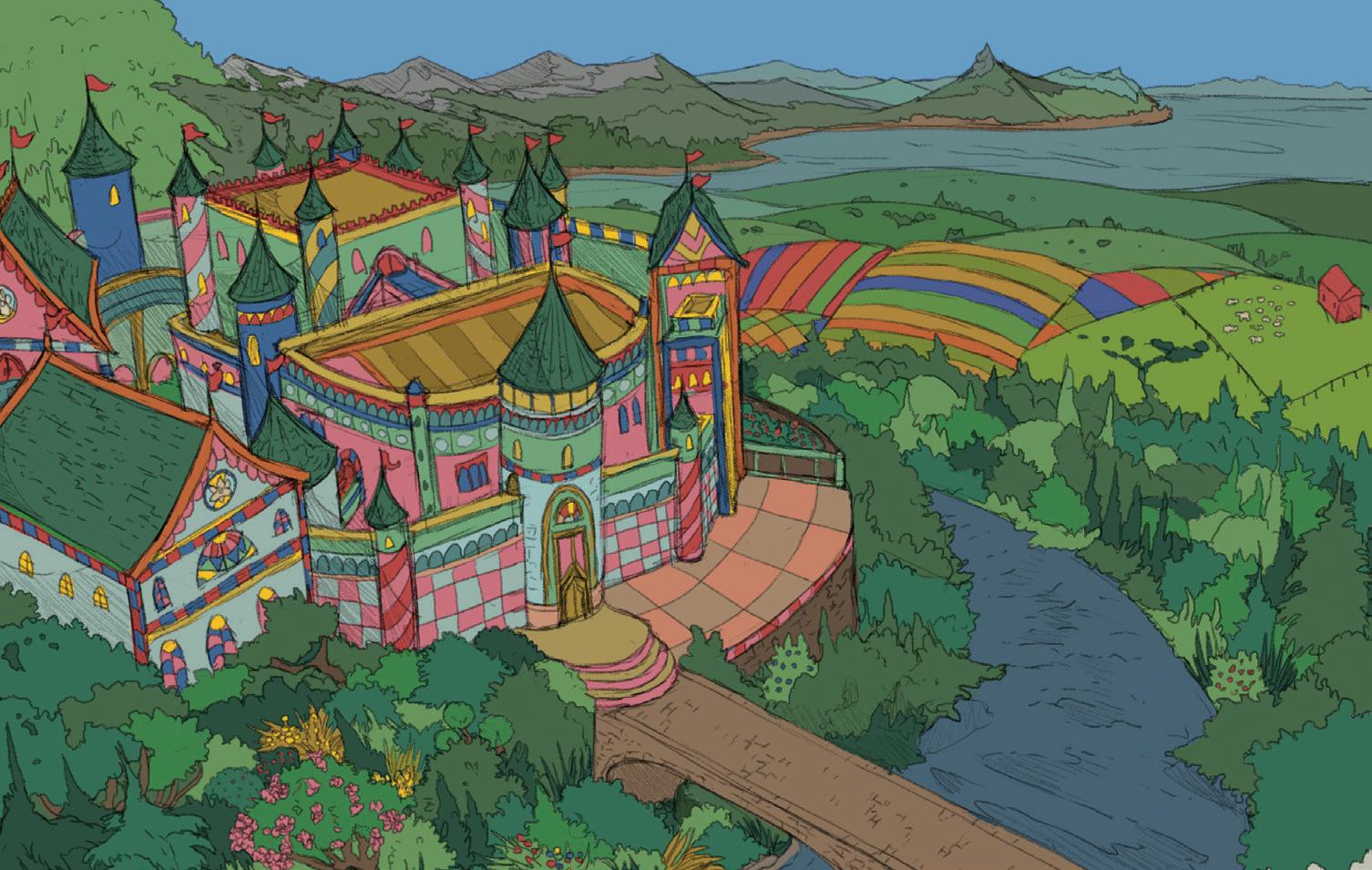
You published The Chromatic Fantasy Art Magazine a few days ago. Are there any other plans going forward? Will we see more stories of Jules and Casper in the future?
I’m working on a sequel sort of thing right now, but I’m currently dealing with some long-COVID-related health issues. So I don’t know when that will come to fruition or what form it will take just because of those issues, but I am trying to make more.
Was there a particular reason why you decided to publish a separate behindthe-scenes book about world
building, and your thoughts on the backgrounds?
Silver Sprocket kind of asked me to make this because The Chromatic Fantasy had done so well. Originally I was going to make a parody of an activity booklet! It was going to be fun, but I could only think of like two jokes, and I was like “Okay, I’m gonna just do a behind the scenes thing”. I have a ton of art that I’ve made of Casper and Jules that I would love to see printed, and I have context I’d like to add to some things.

I saw that you had some animation on Instagram. Did you do that yourself? Are you doing the animations for your own amusement, or are you interested in making films with these characters?
Yes, I did animate them myself. Originally, when I went to school for animation, I did want to make films. That just didn’t end up working out for me, but it is something that I still enjoy doing, and maybe someday in the future I would like to work in animation again.
So, you studied animation… were you making comics concurrent with that? When did your comics practice start?
I guess I’ve always just been making comics. I

was writing comics when I was in high school, and I think a little bit when I was in middle school too. But I’ve always done comics just in my spare time, and I’ve also always made animations in my spare time. I like drawing, I like character acting a lot, so I guess those things kind of just go together for me.
In The Chromatic Fantasy Art Magazine, you talked about the sequence of graduating from college and then moving back in with your parents, simultaneously with COVID and then like rallying and becoming financially independent from your folks and moving out. Do you feel you transformed when you moved out of your parents’ house?
That kind of life transition was definitely part of the vibe. I was like, going from fantasizing about life and fantasizing about transition, and fantasizing about all these things, having them be, like, a very magical, far off thing, to them being a very concrete thing. And also having to let go of certain things and kind of just changing my identity and who I am. I feel like that was kind of within the writing of the story, if that makes sense?
Thank you H.A. for this interview! Read The Chromatic Fantasy and show your support!



